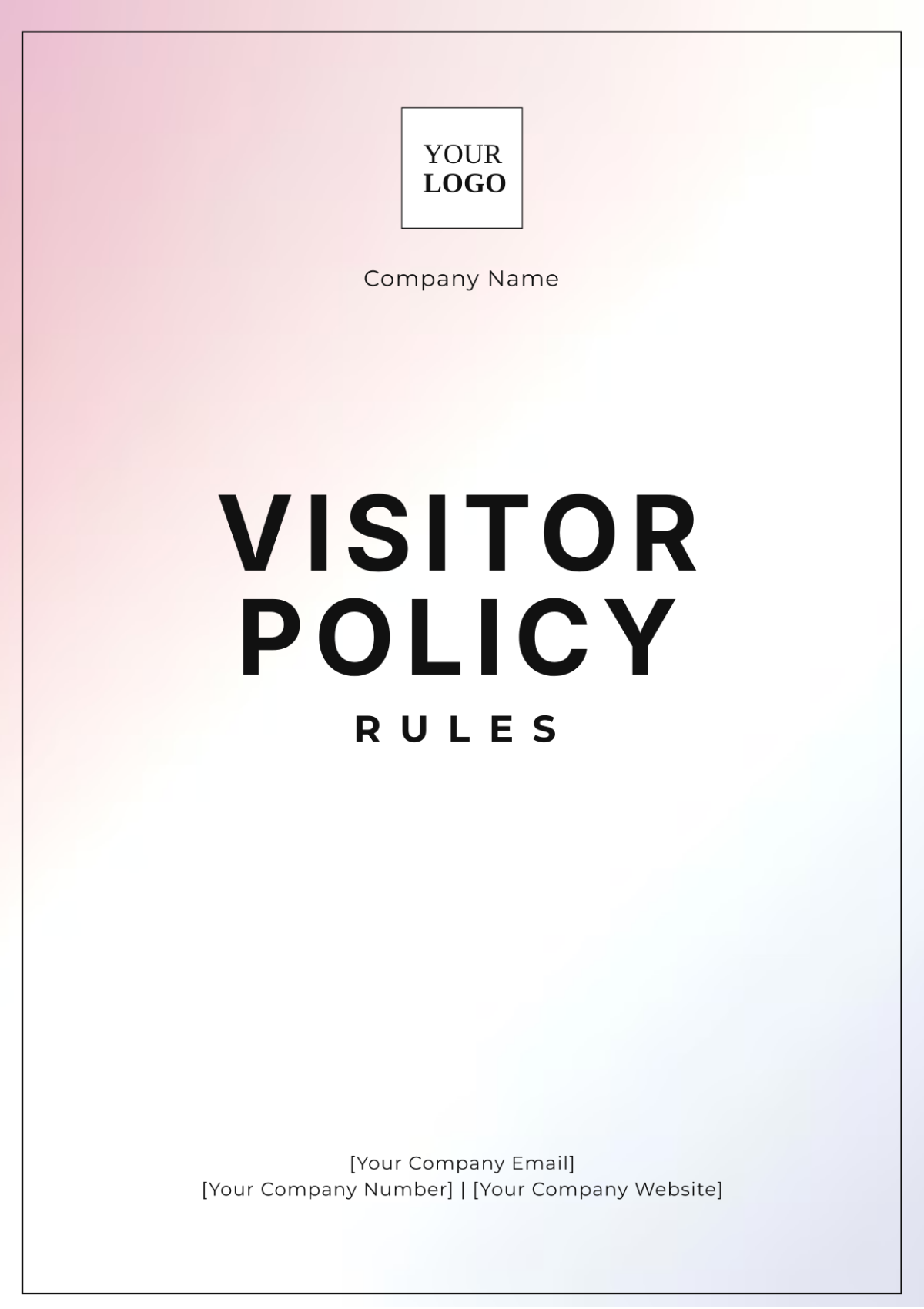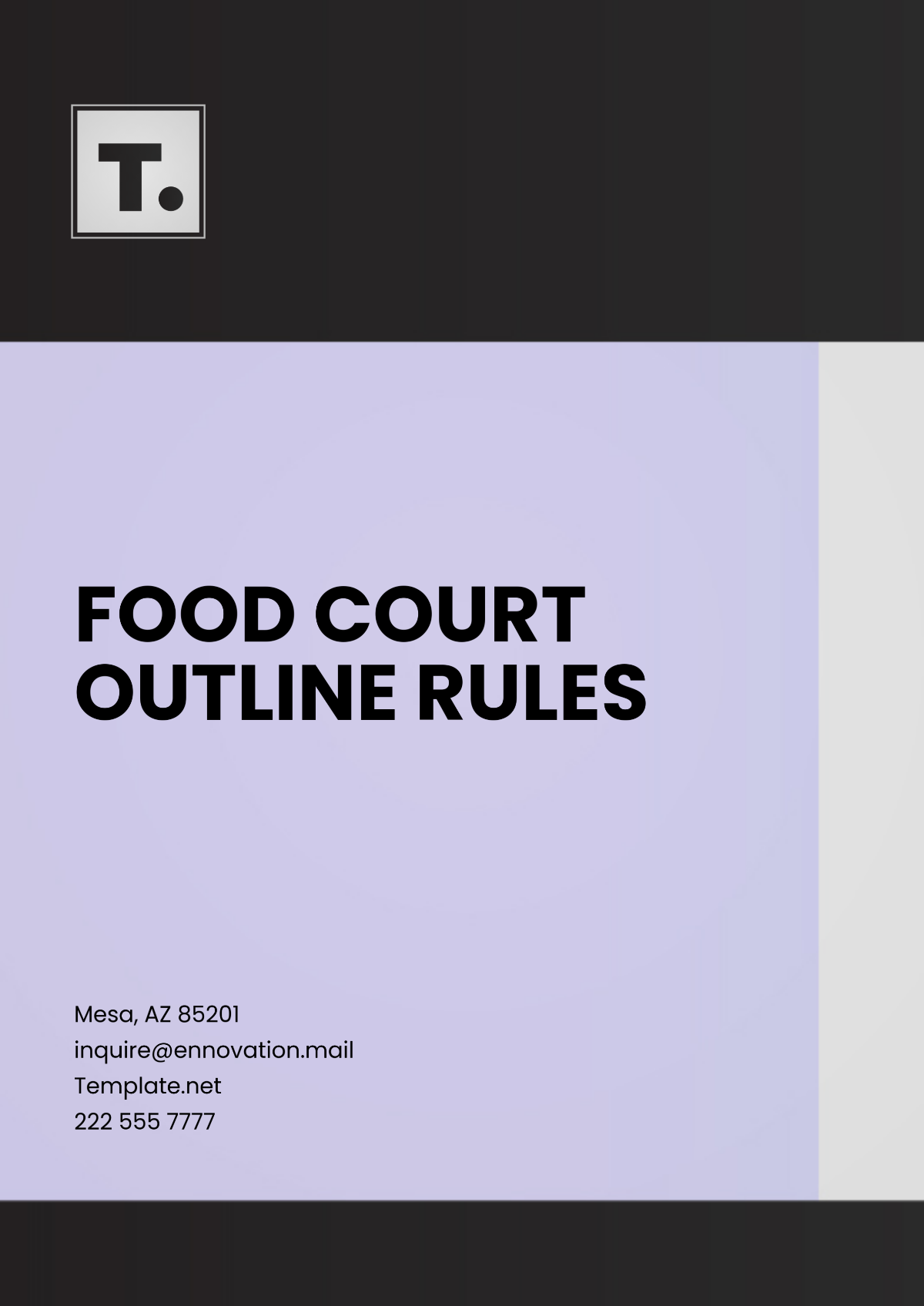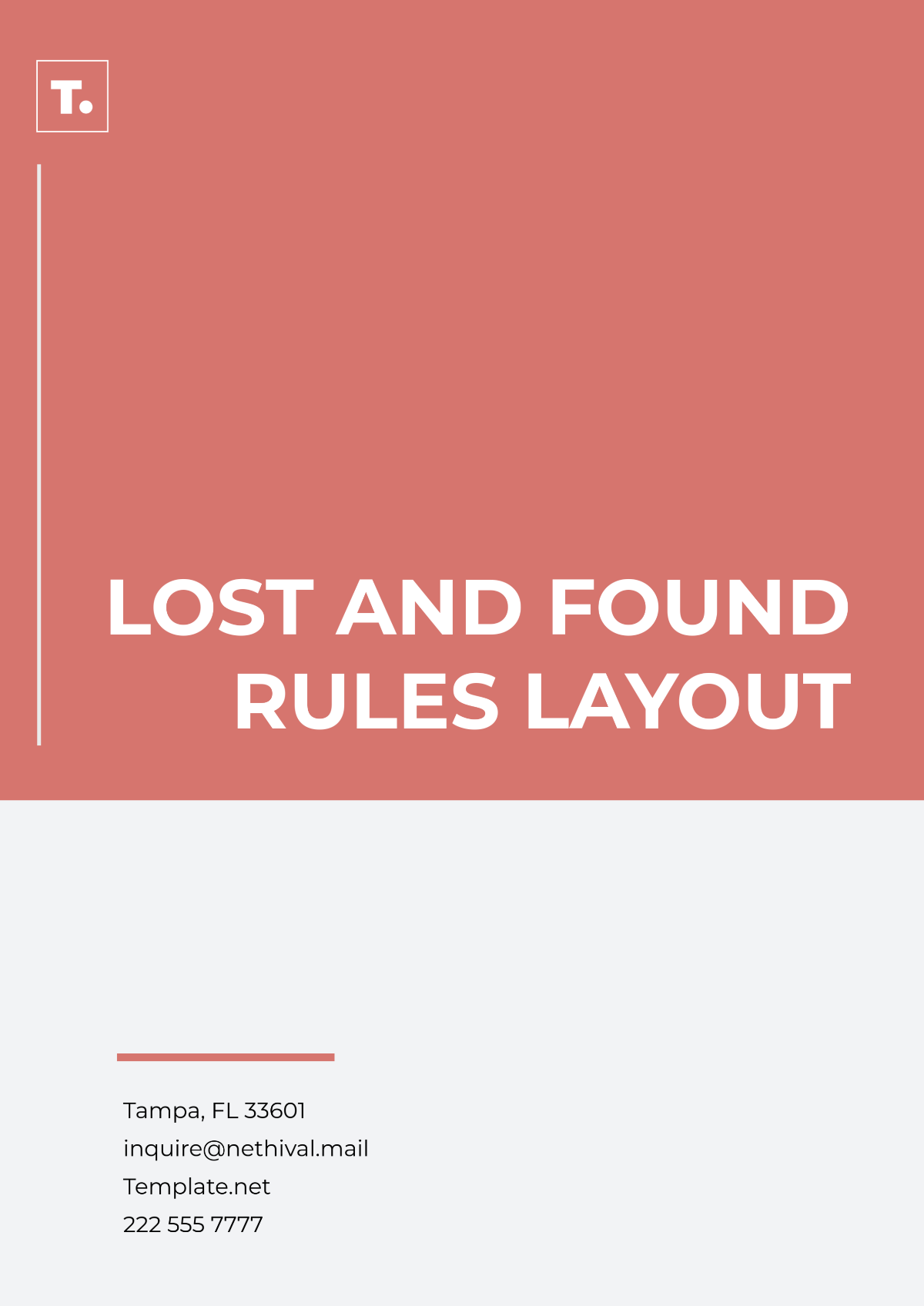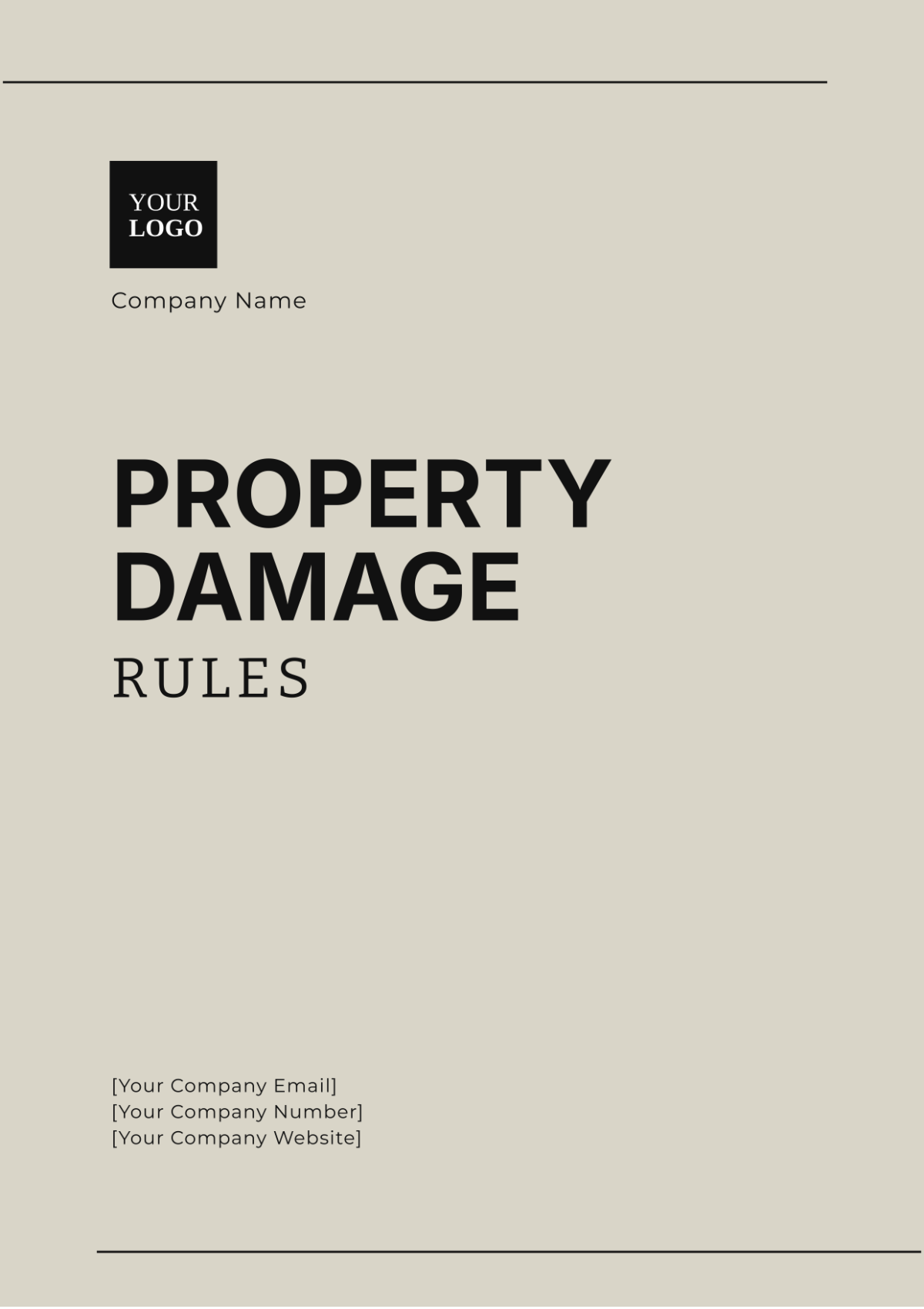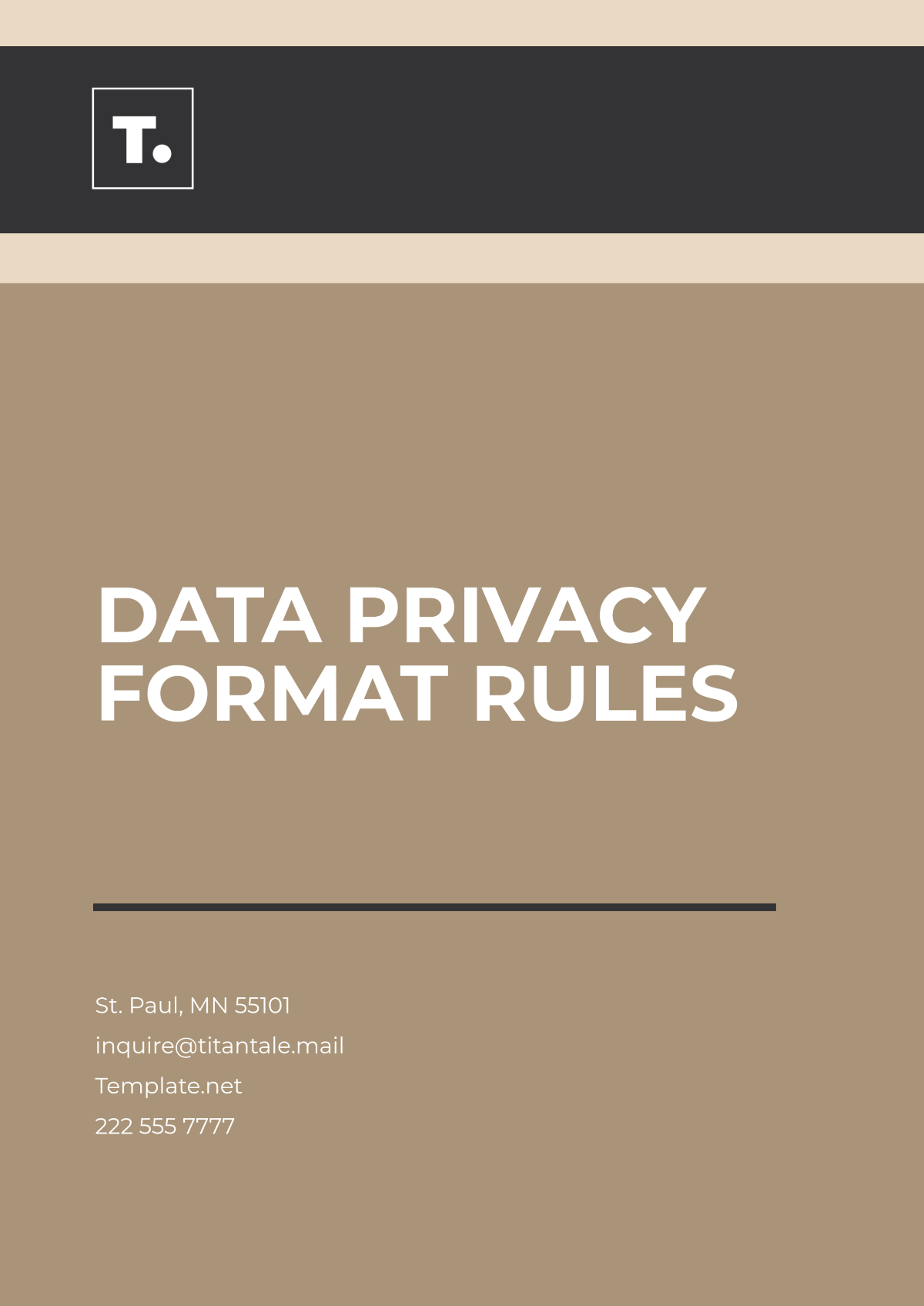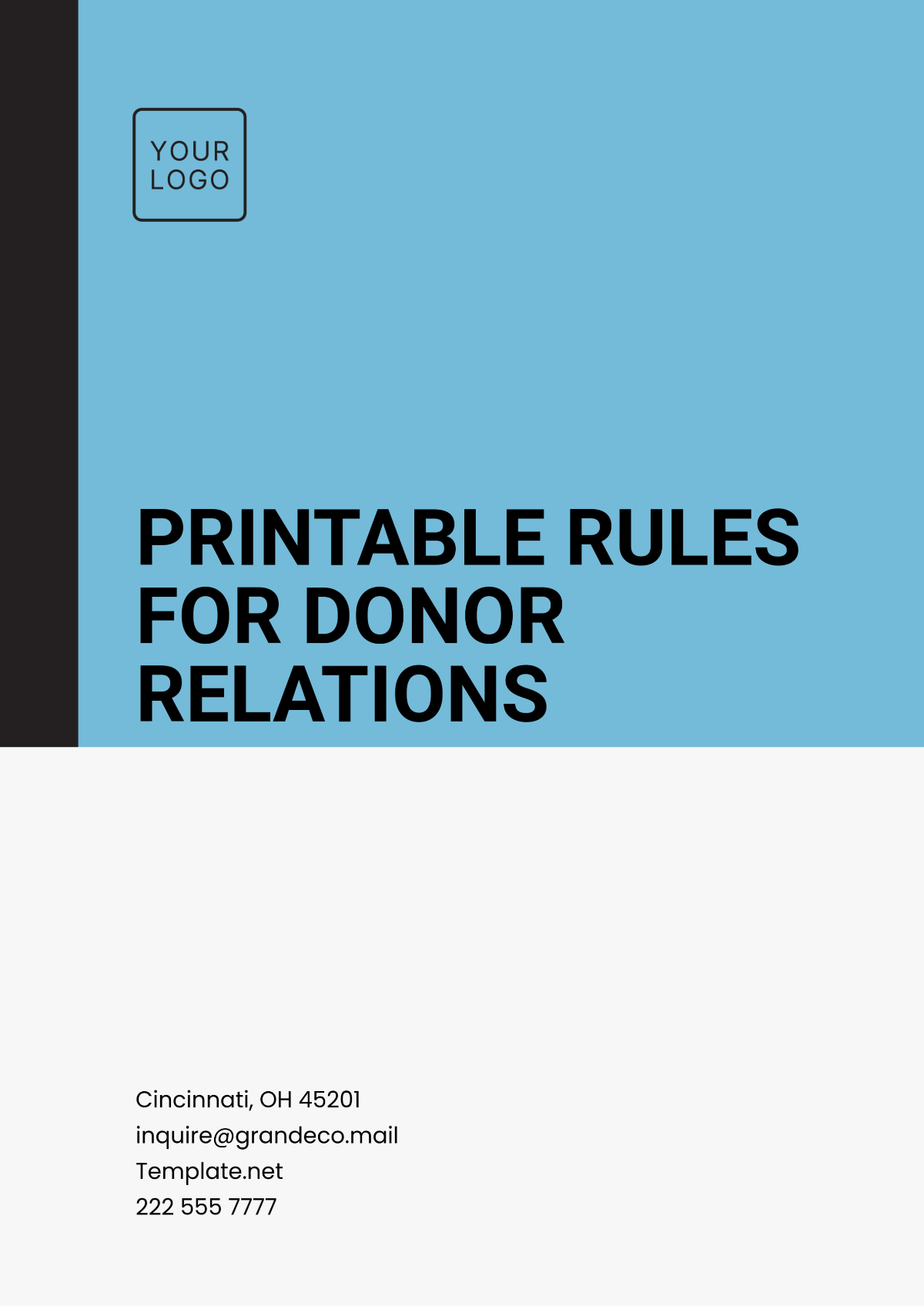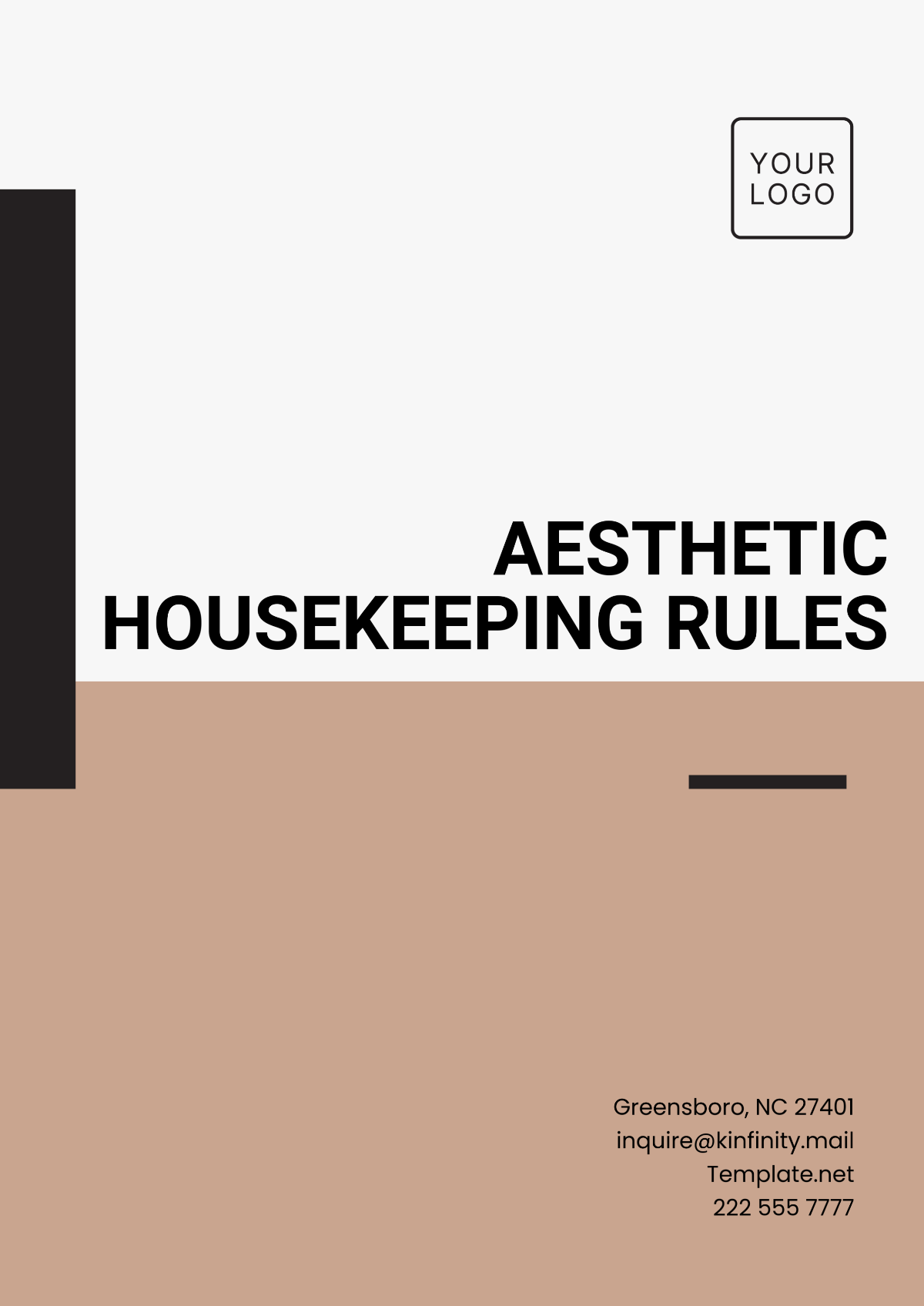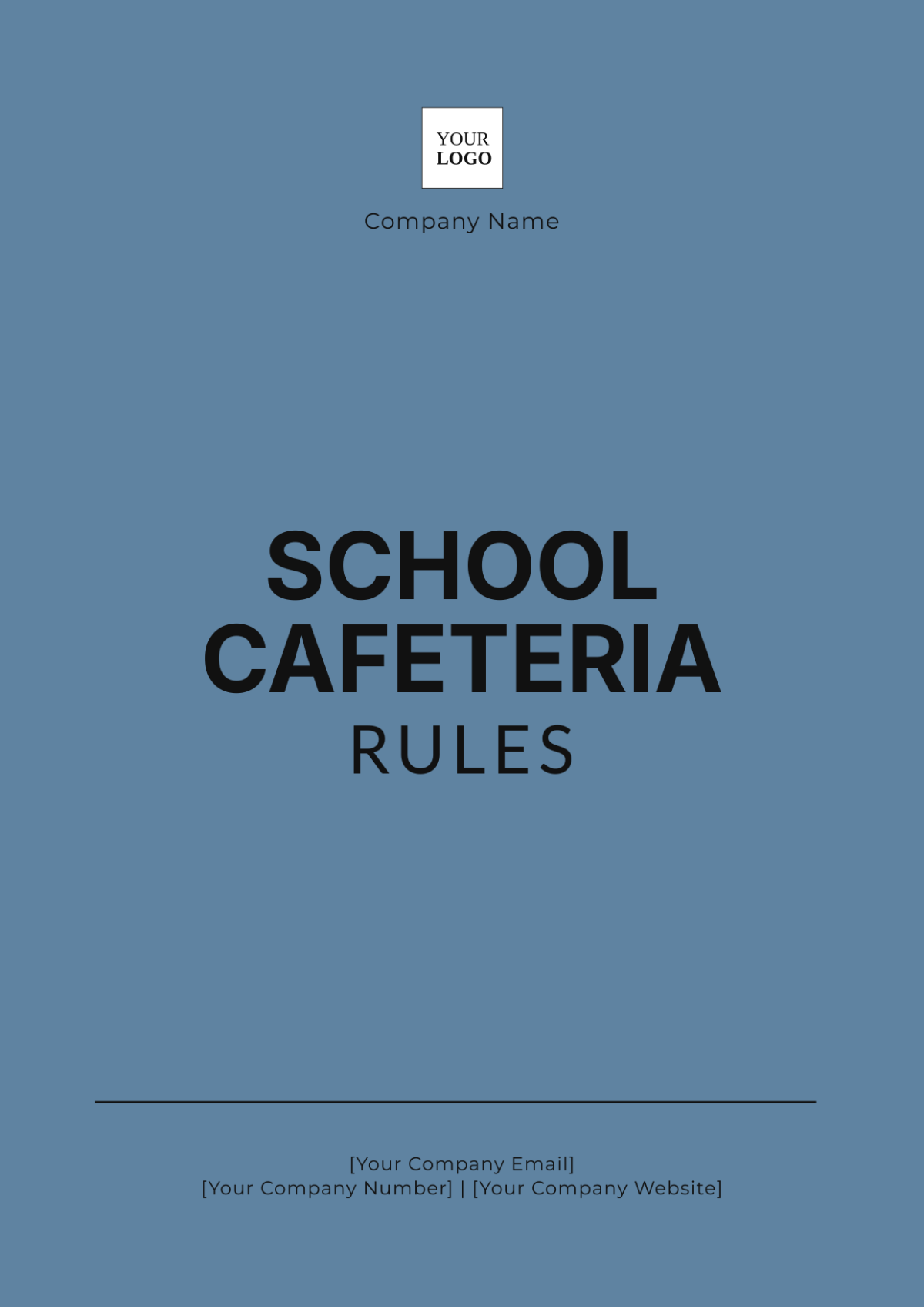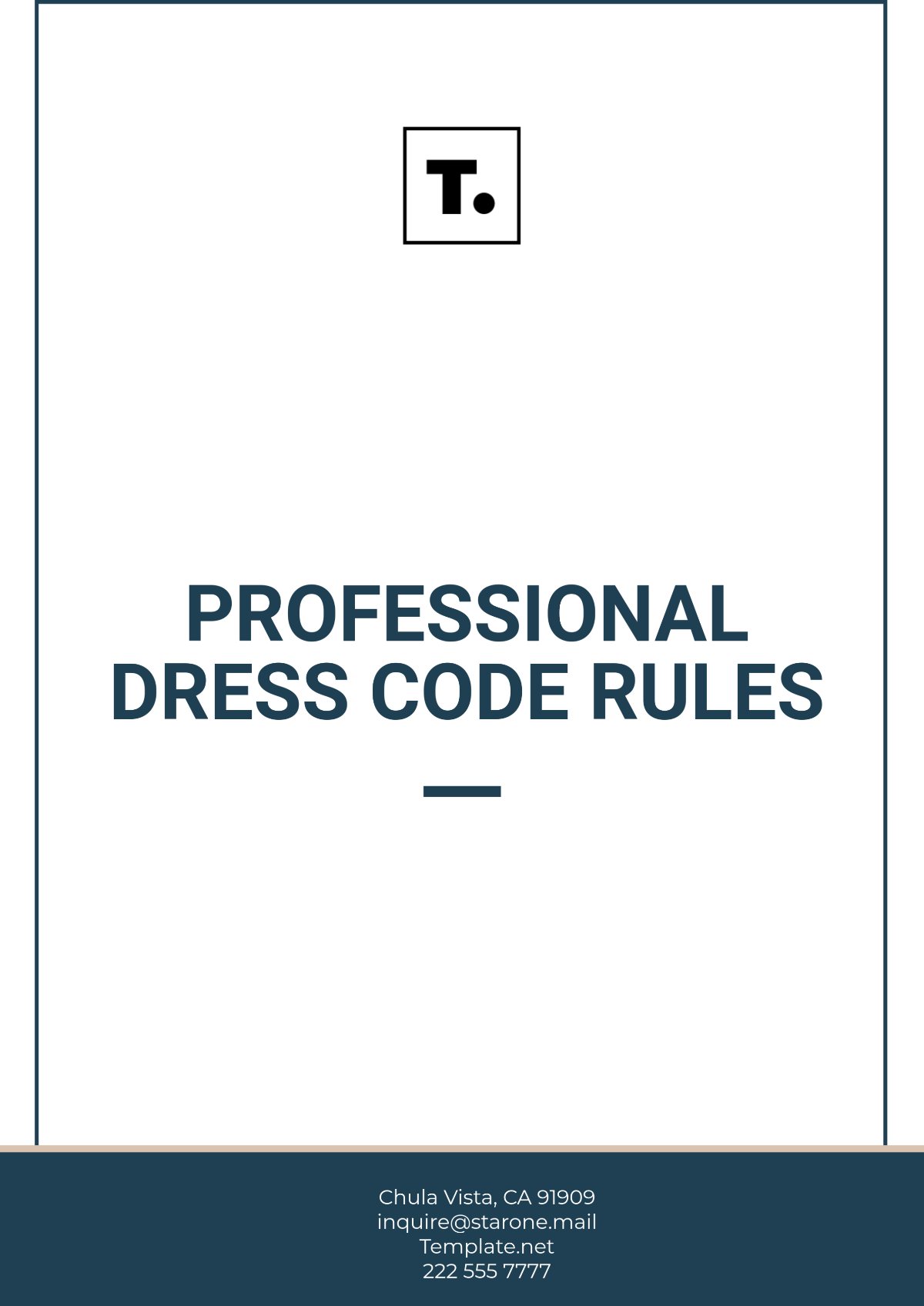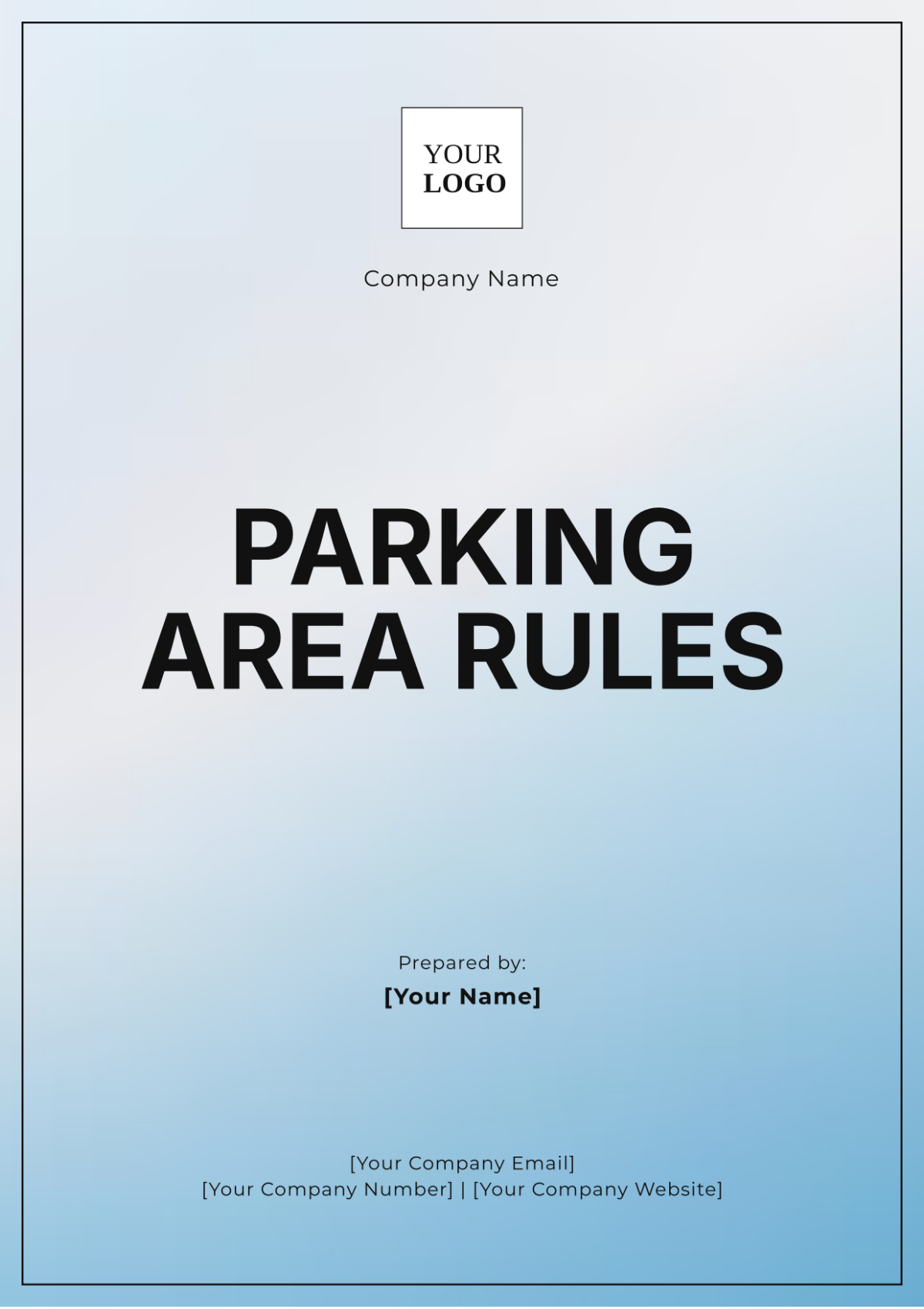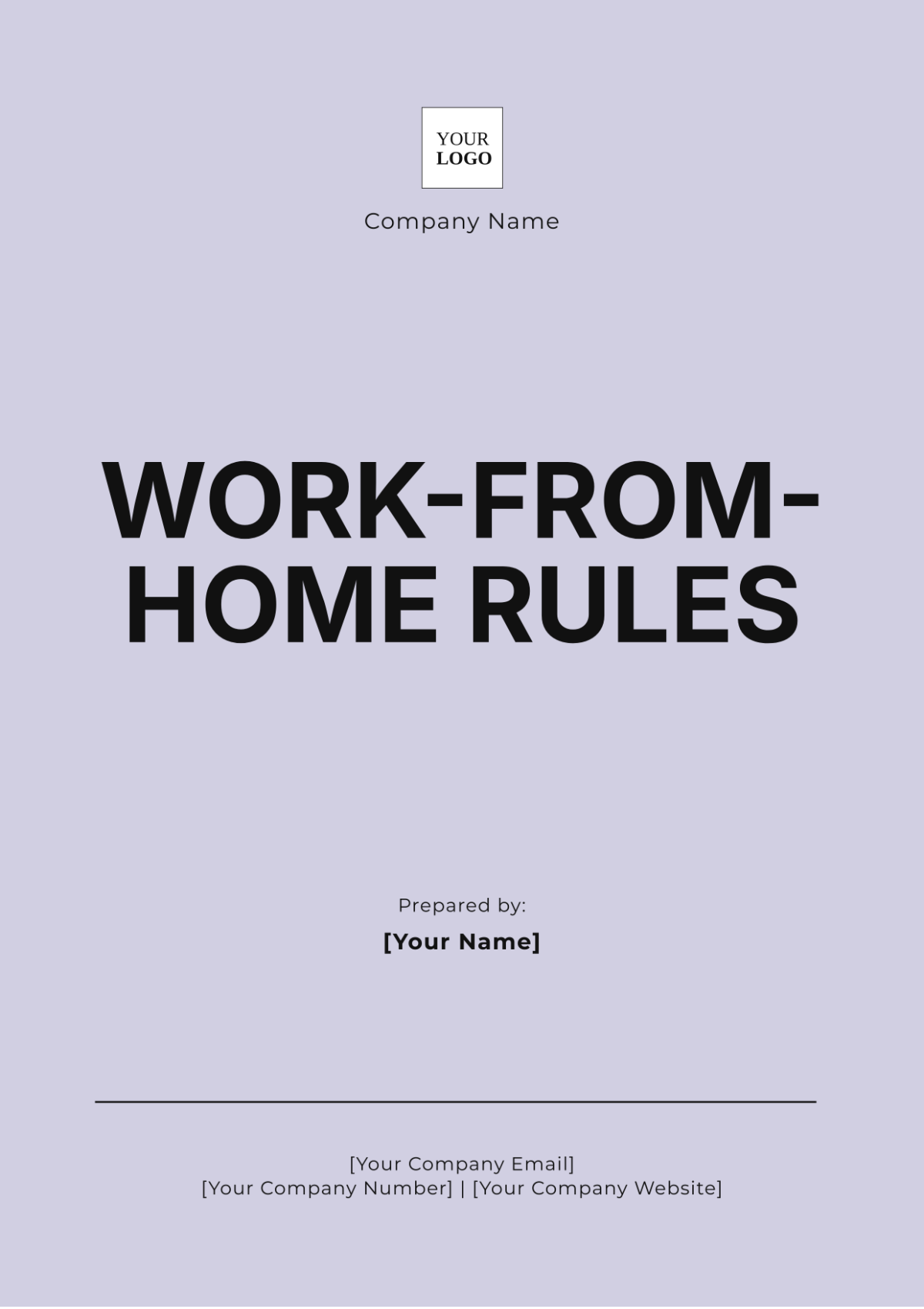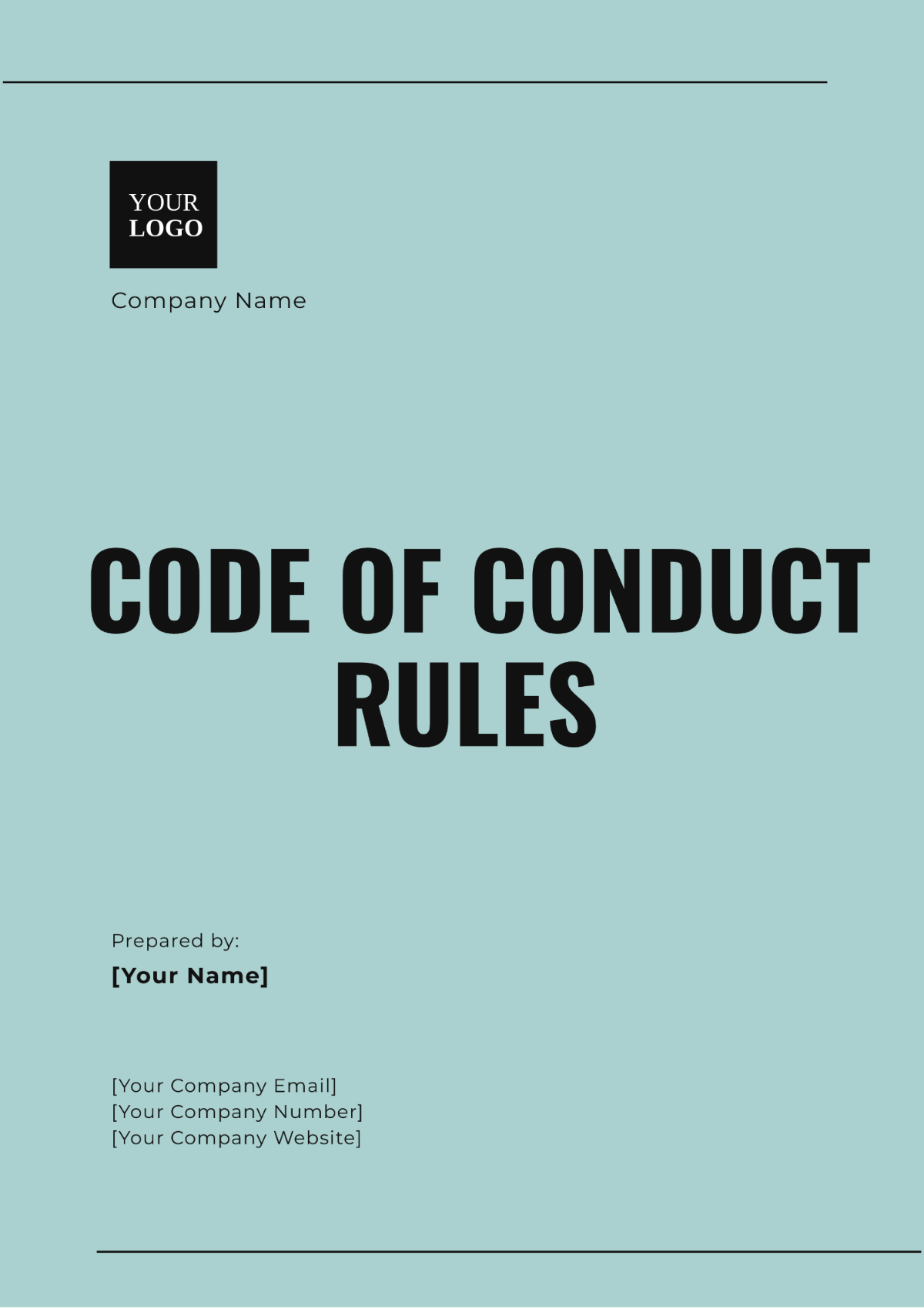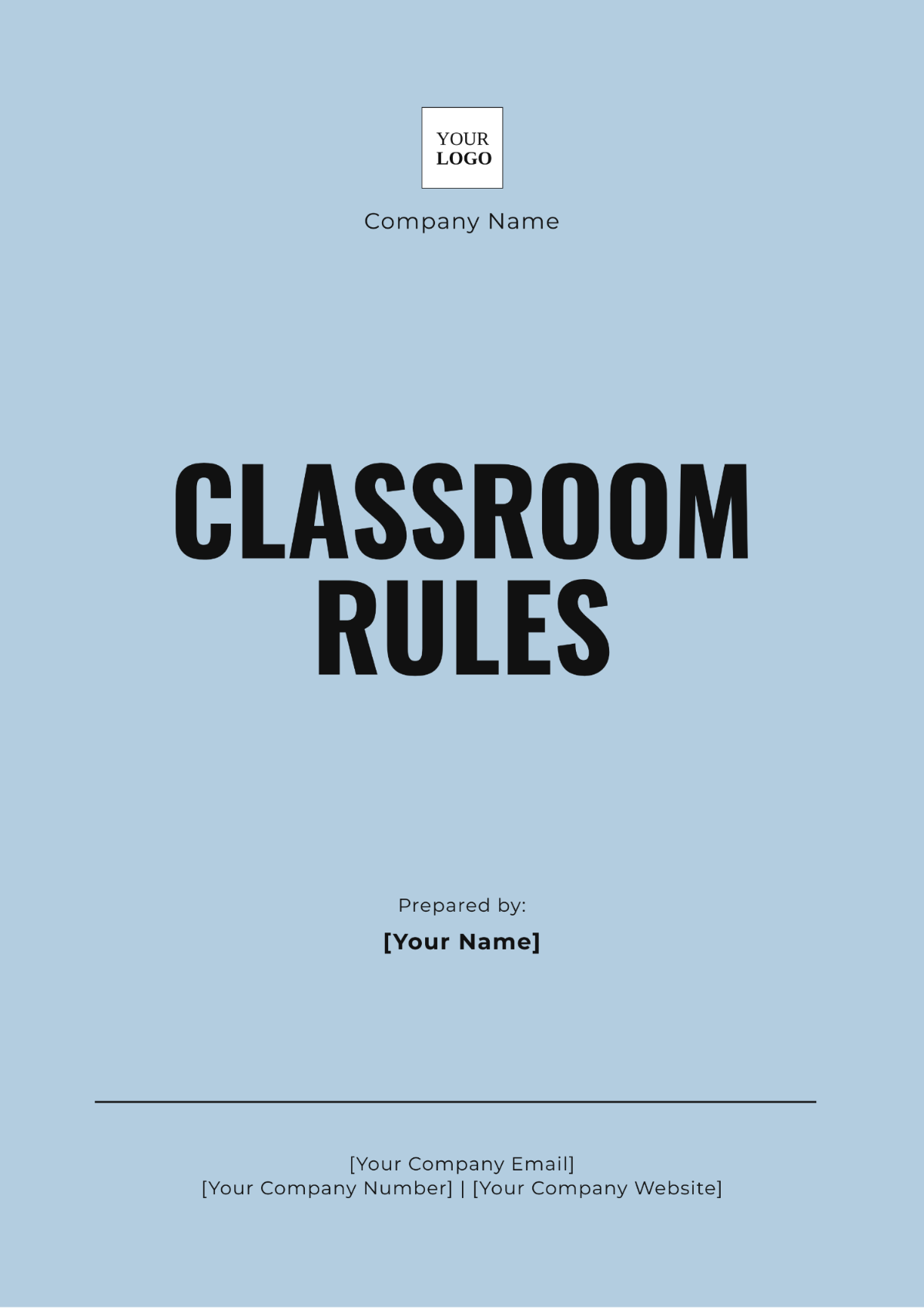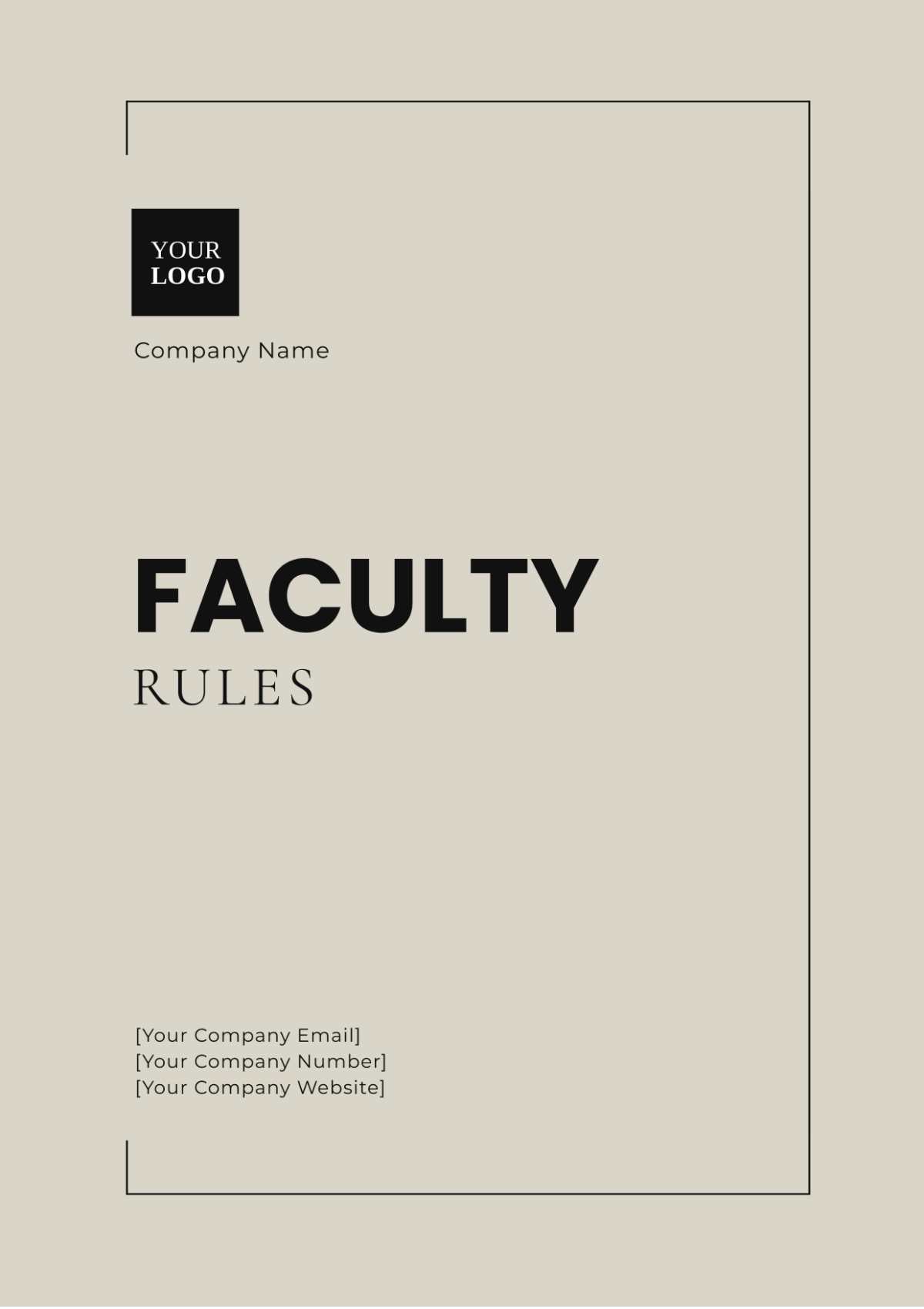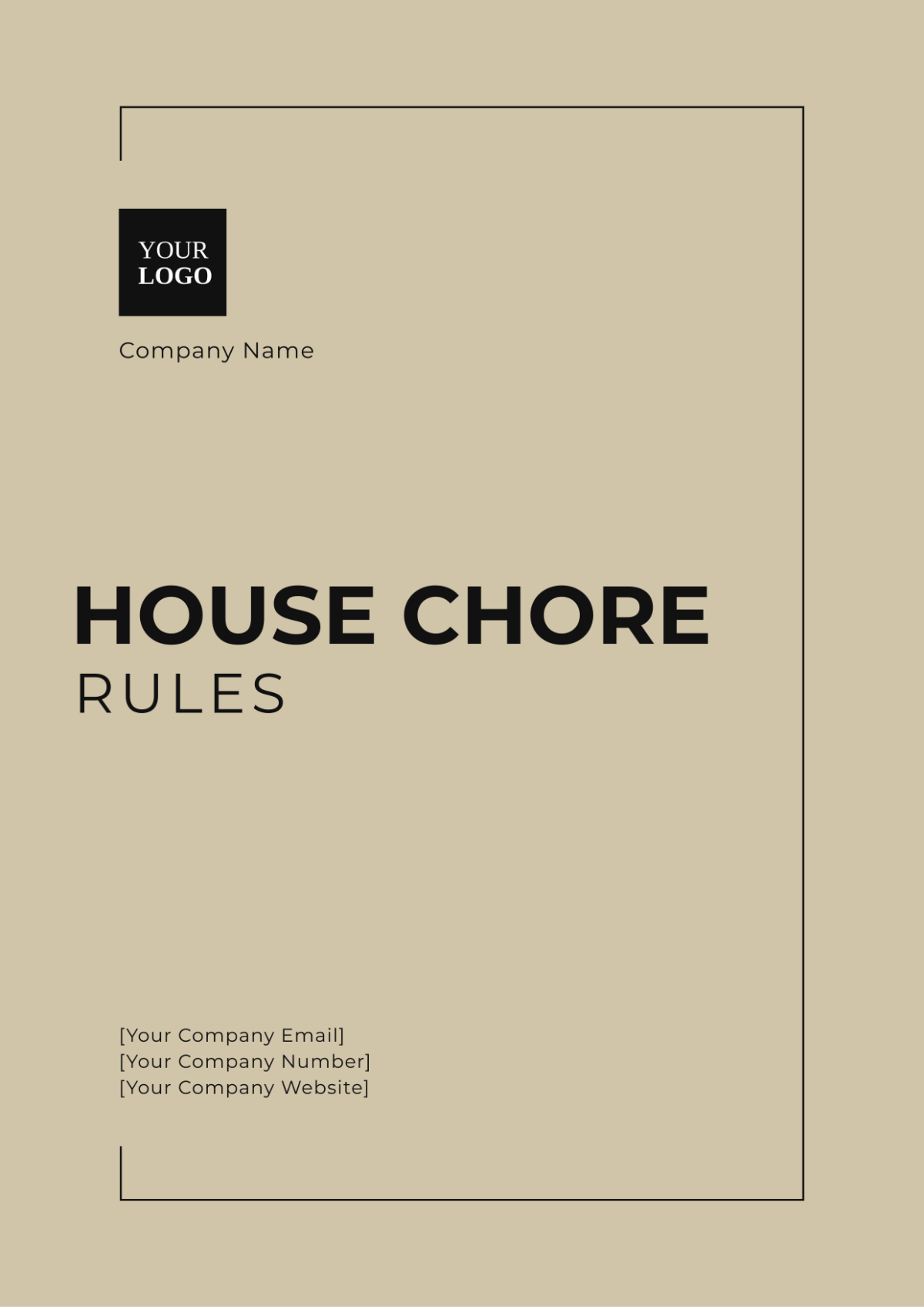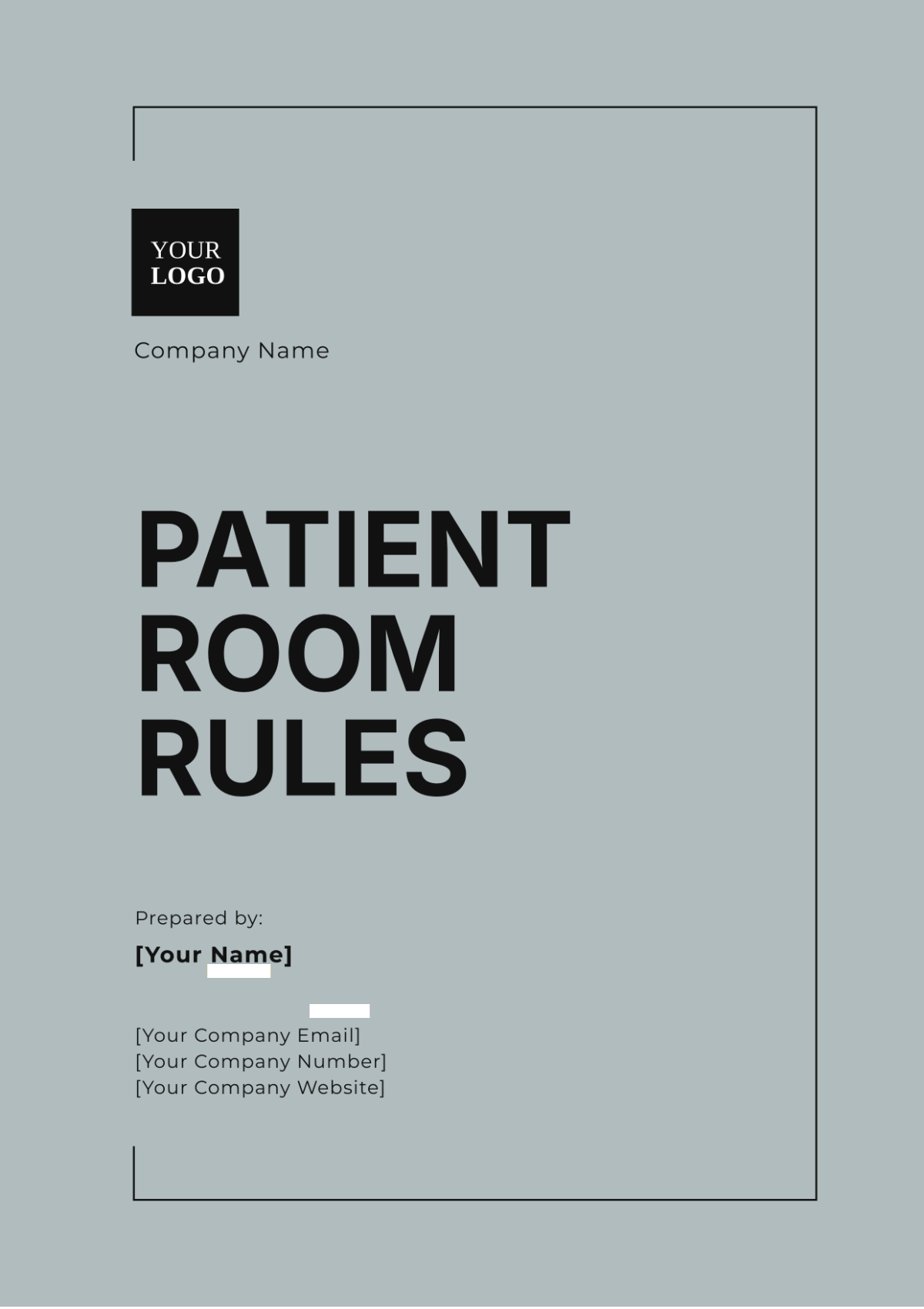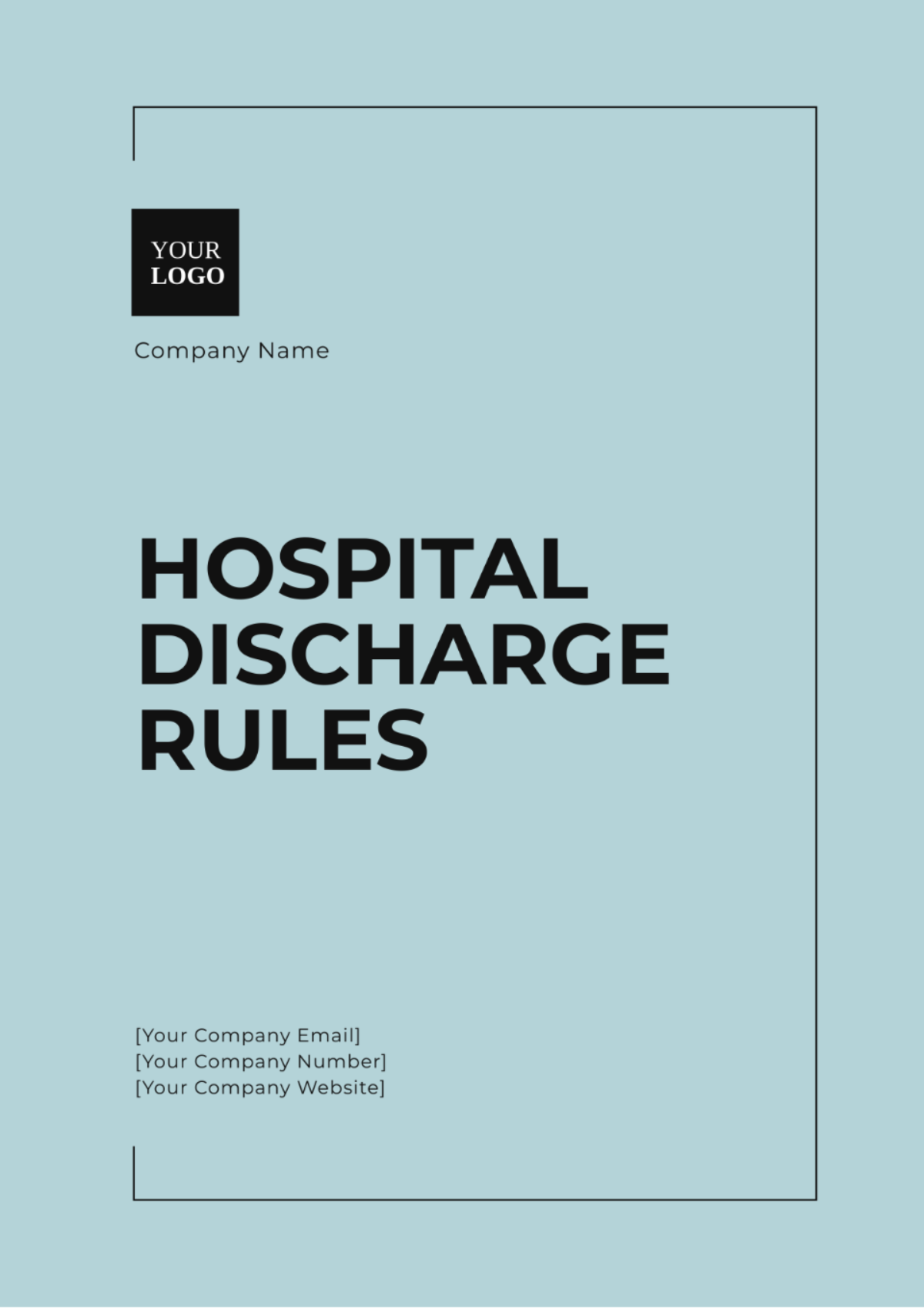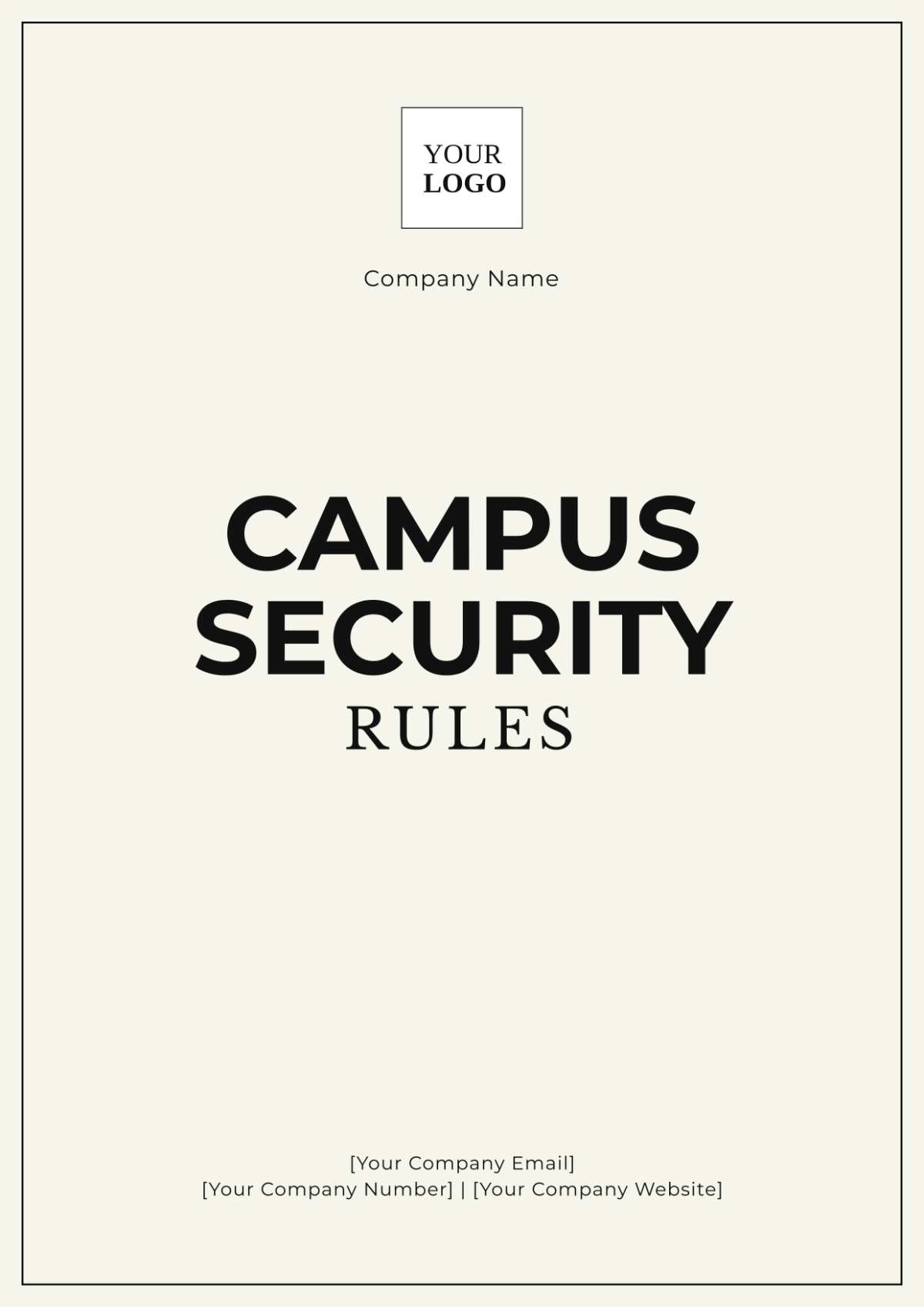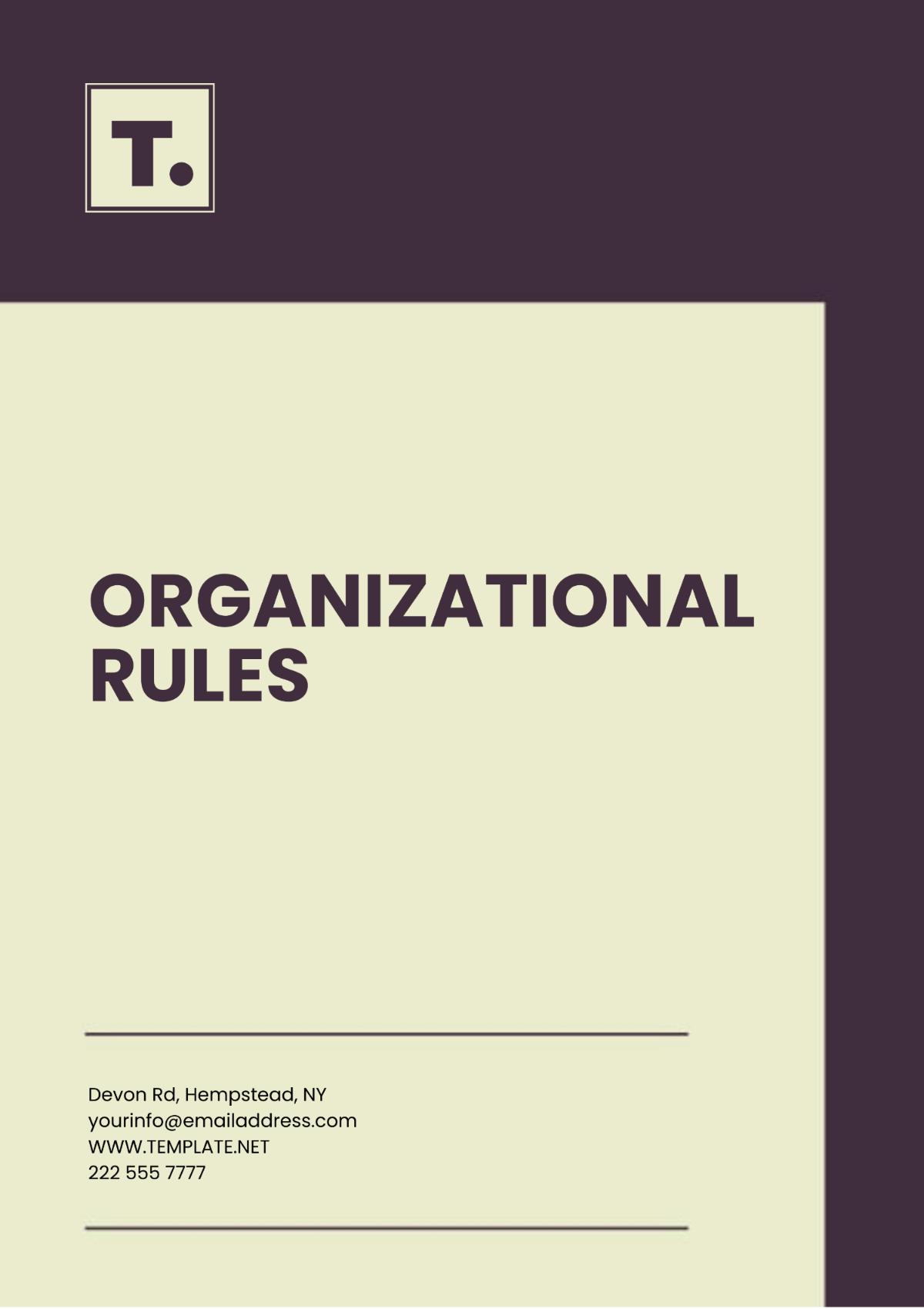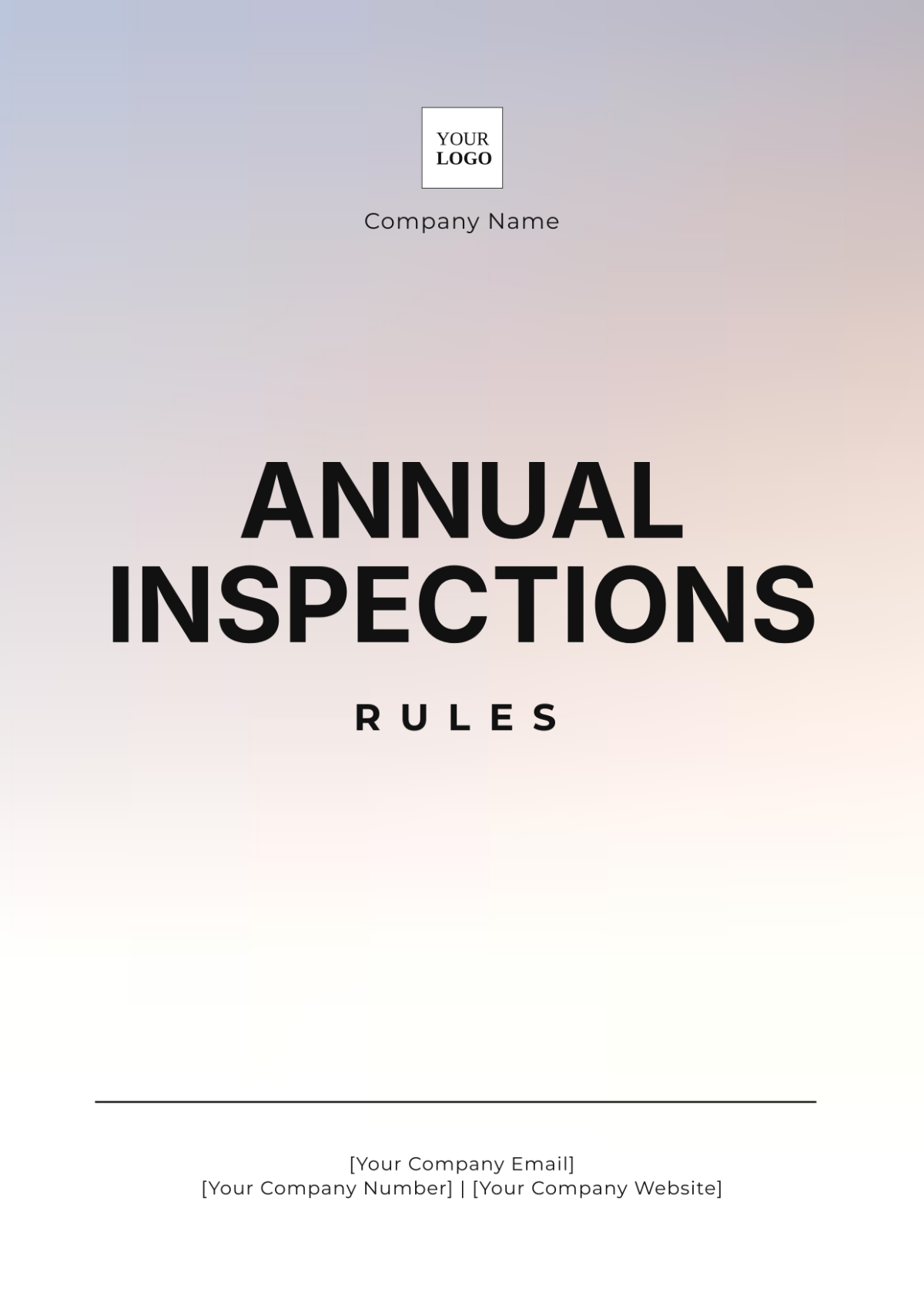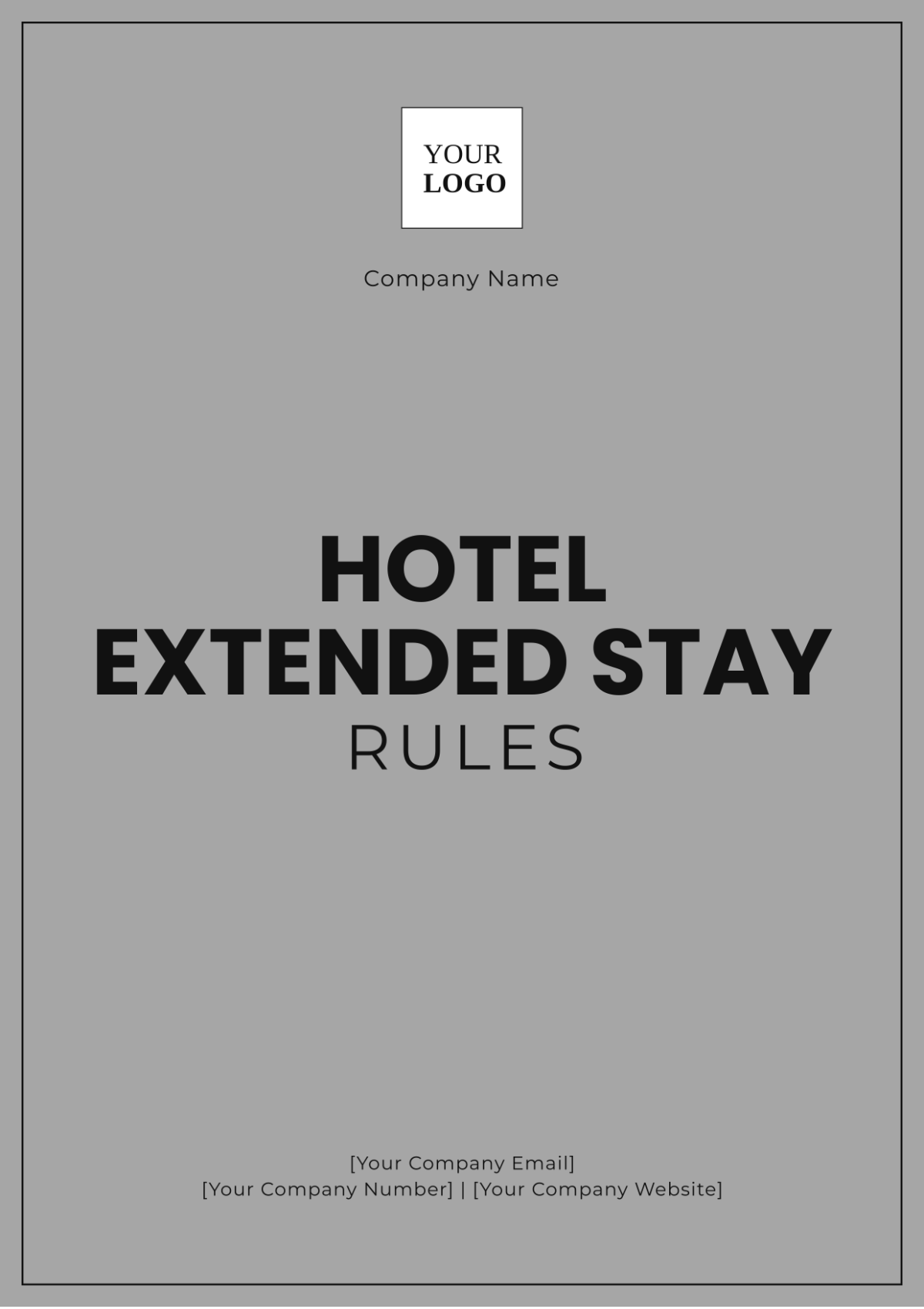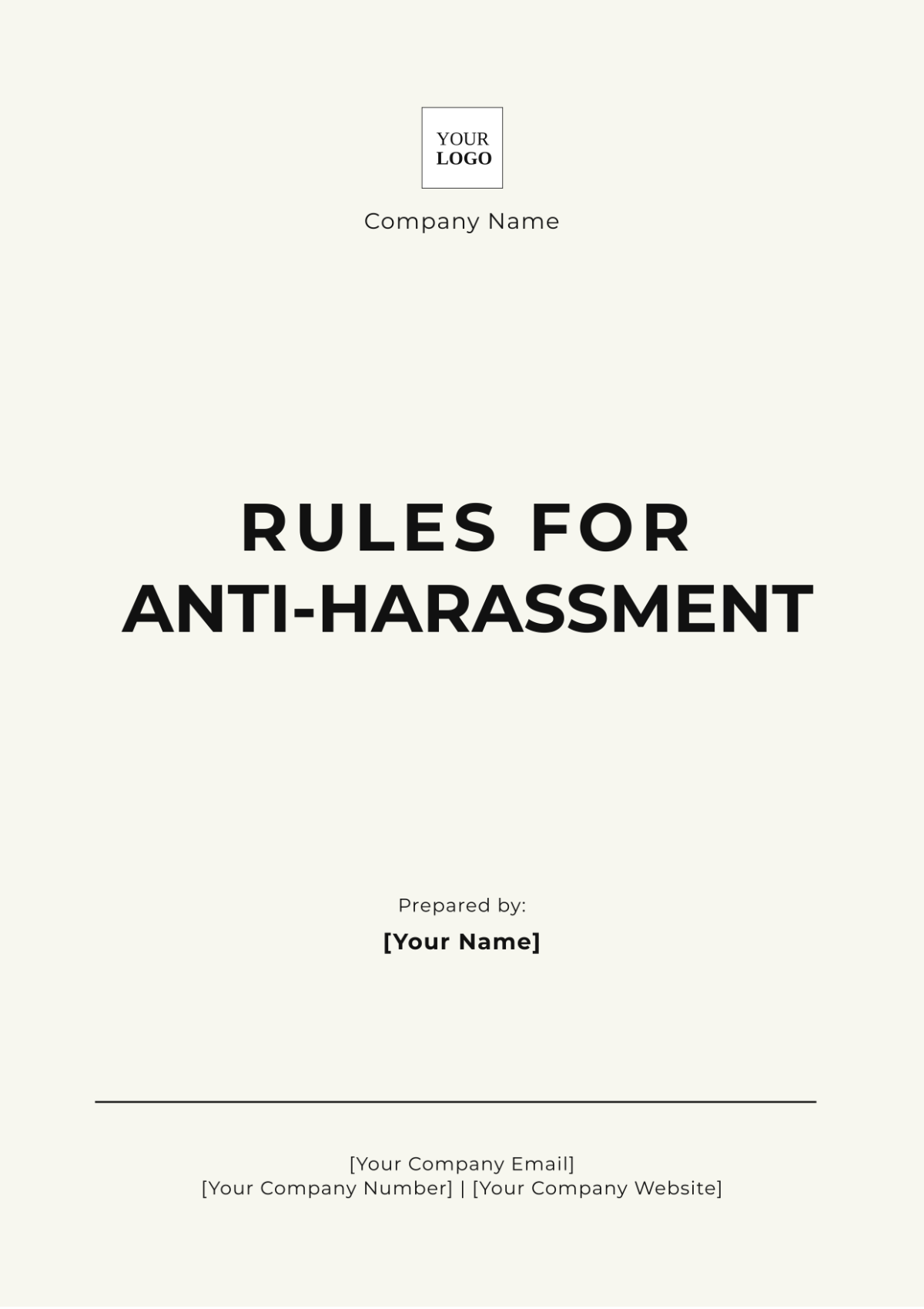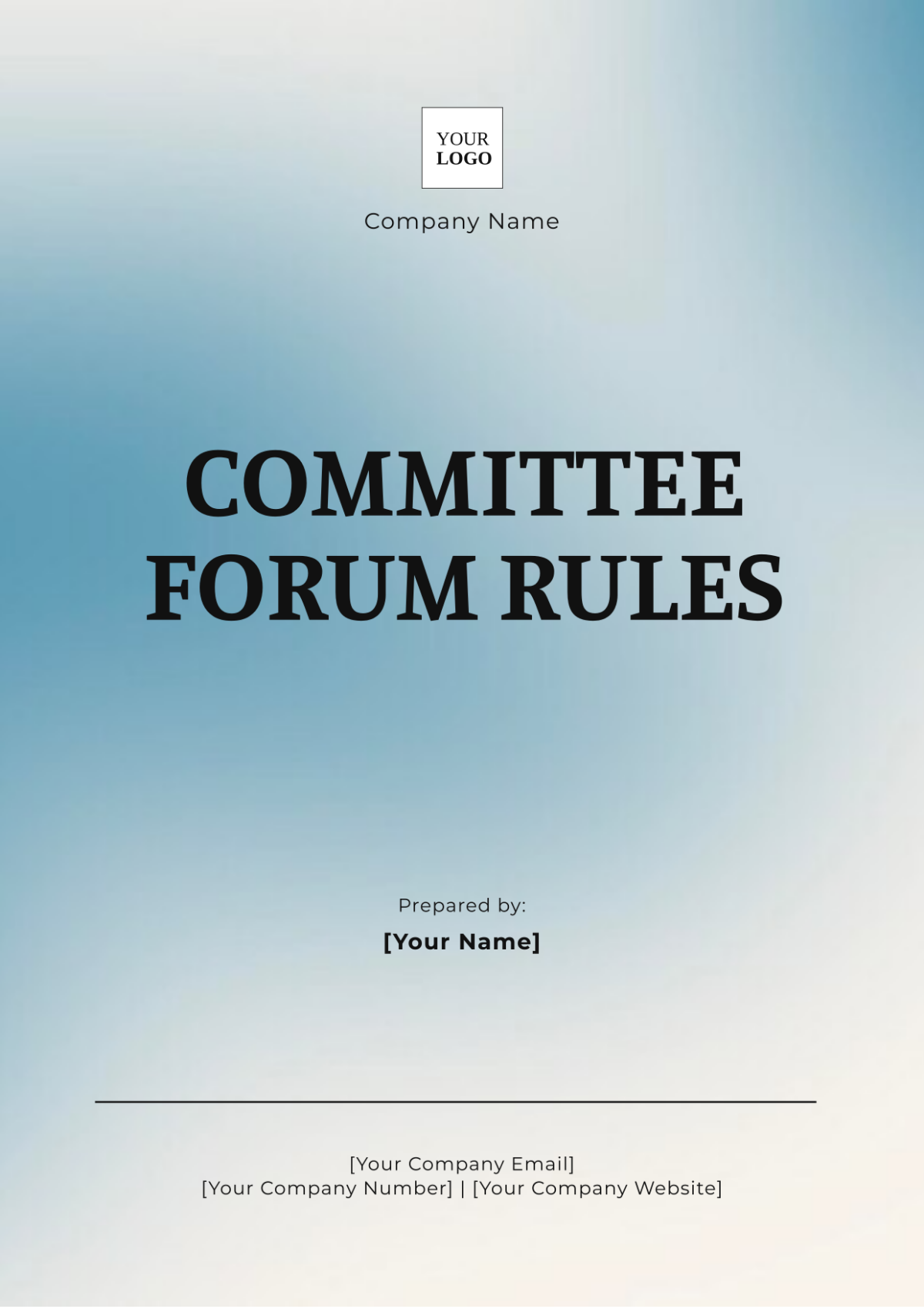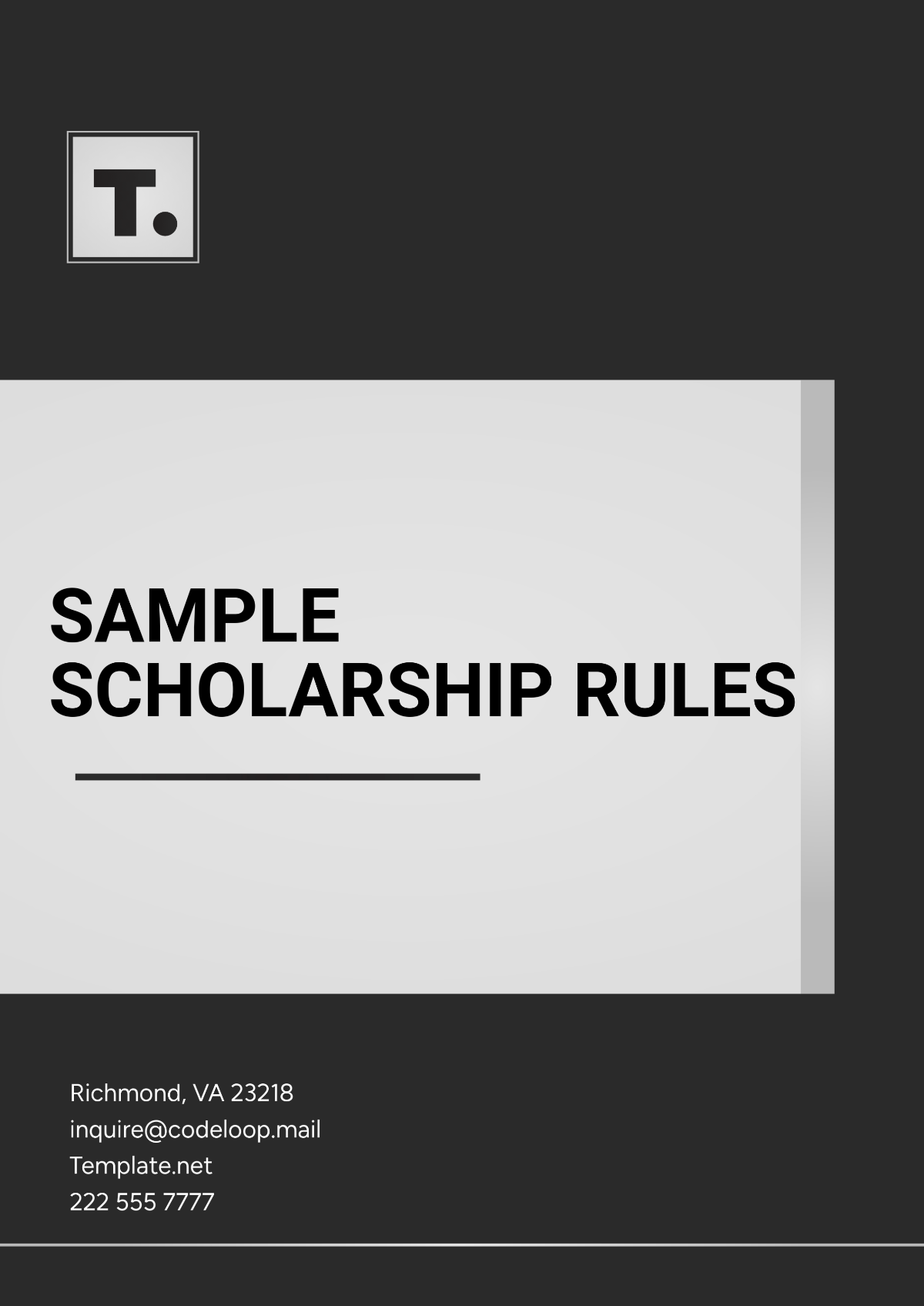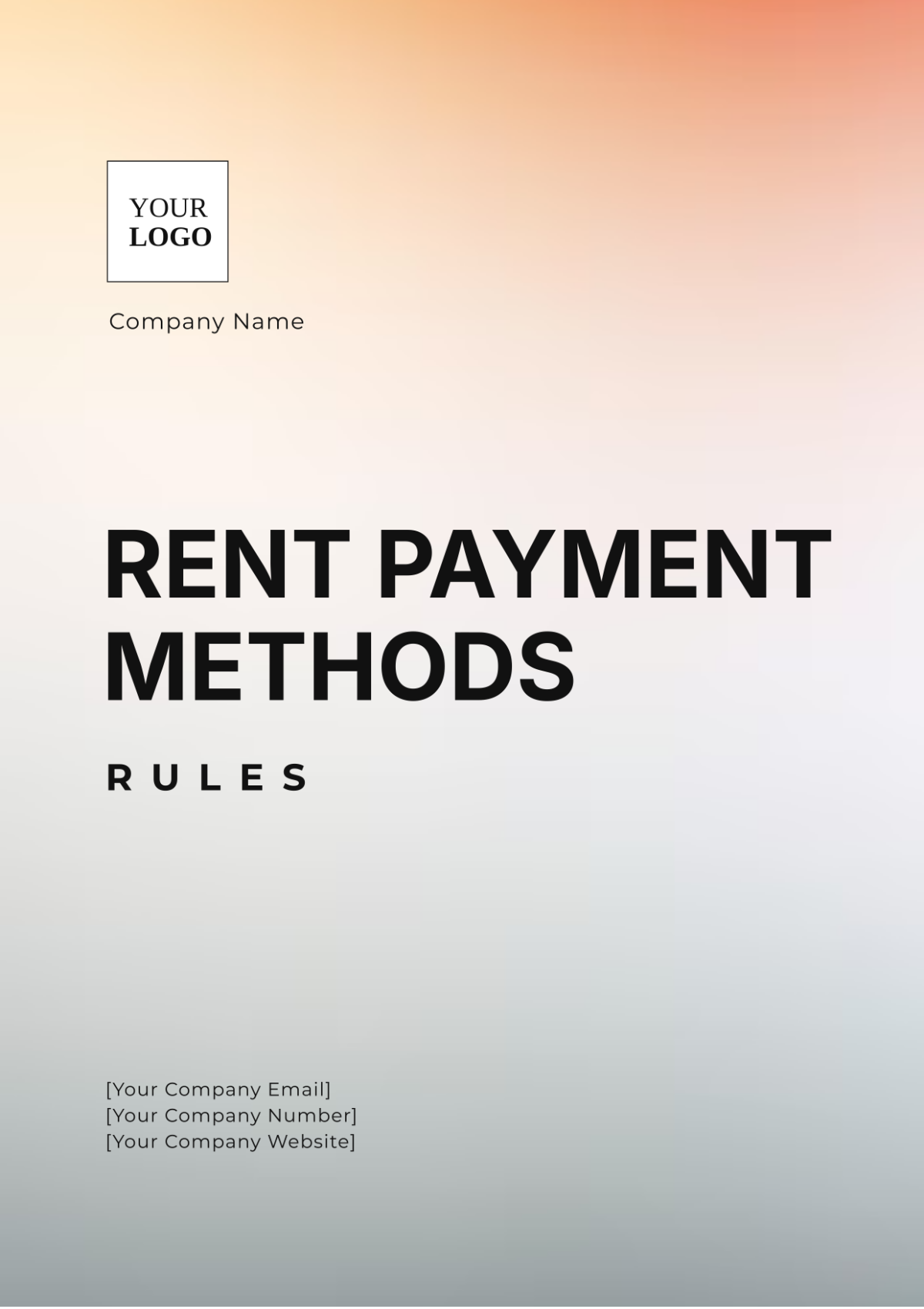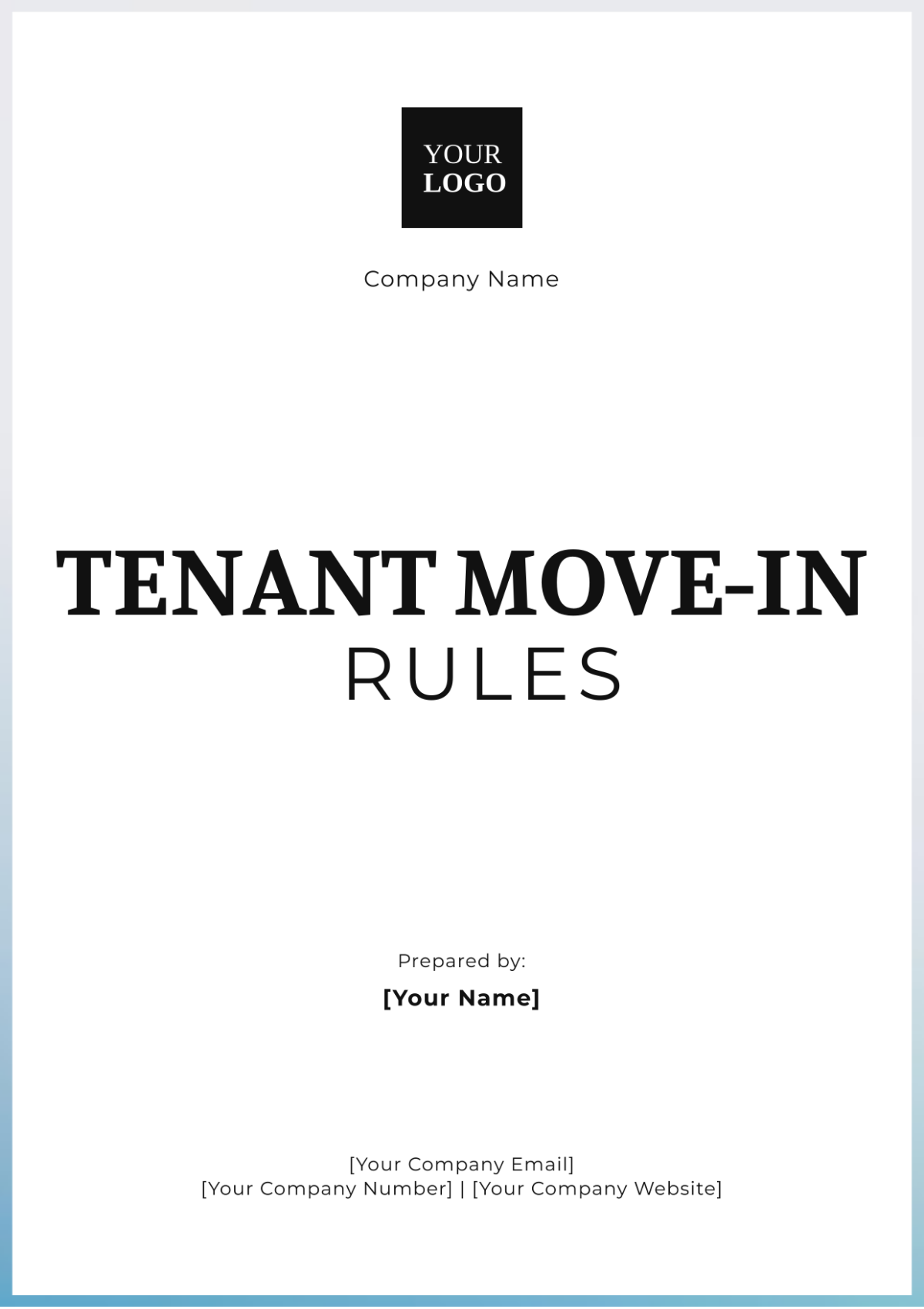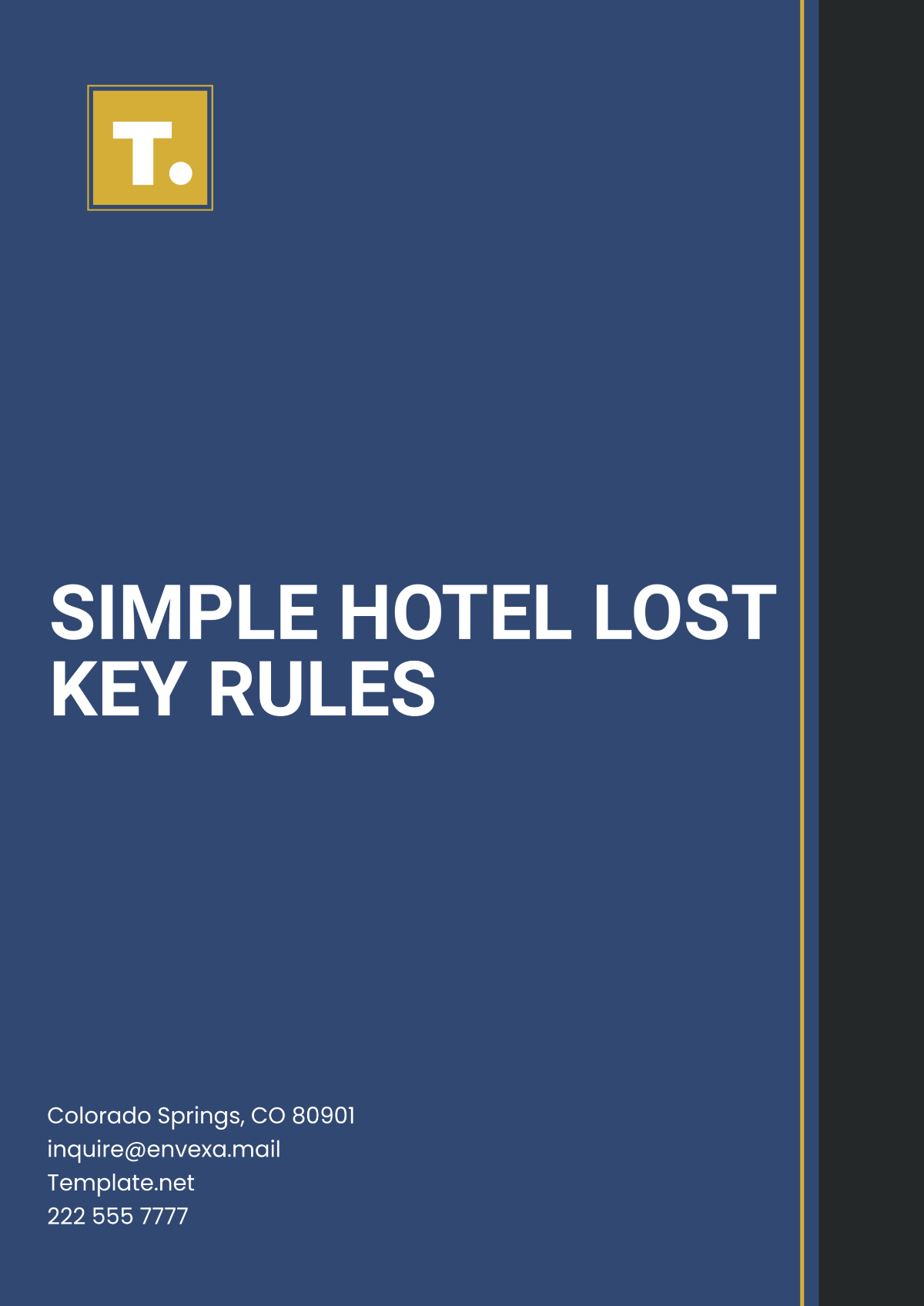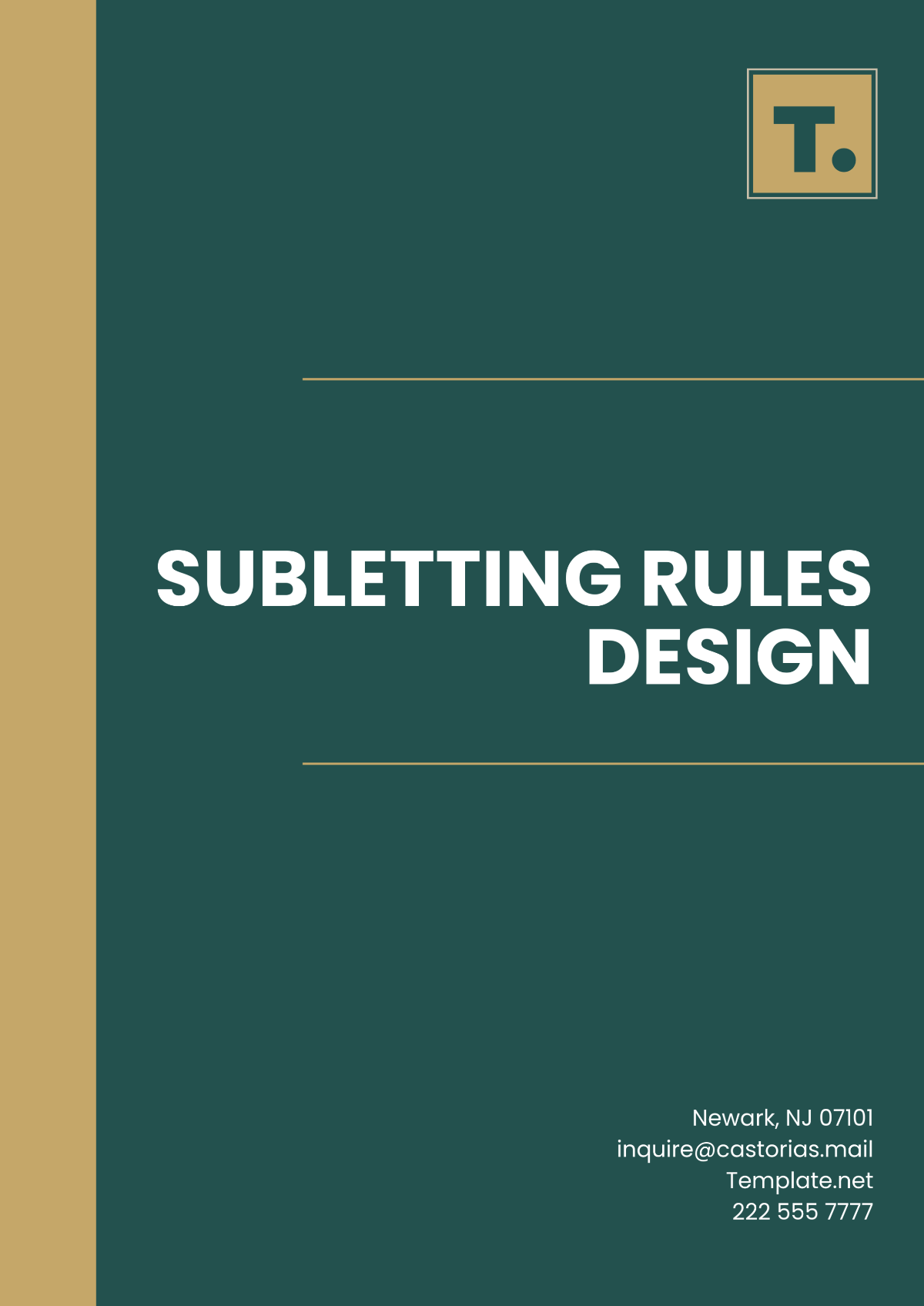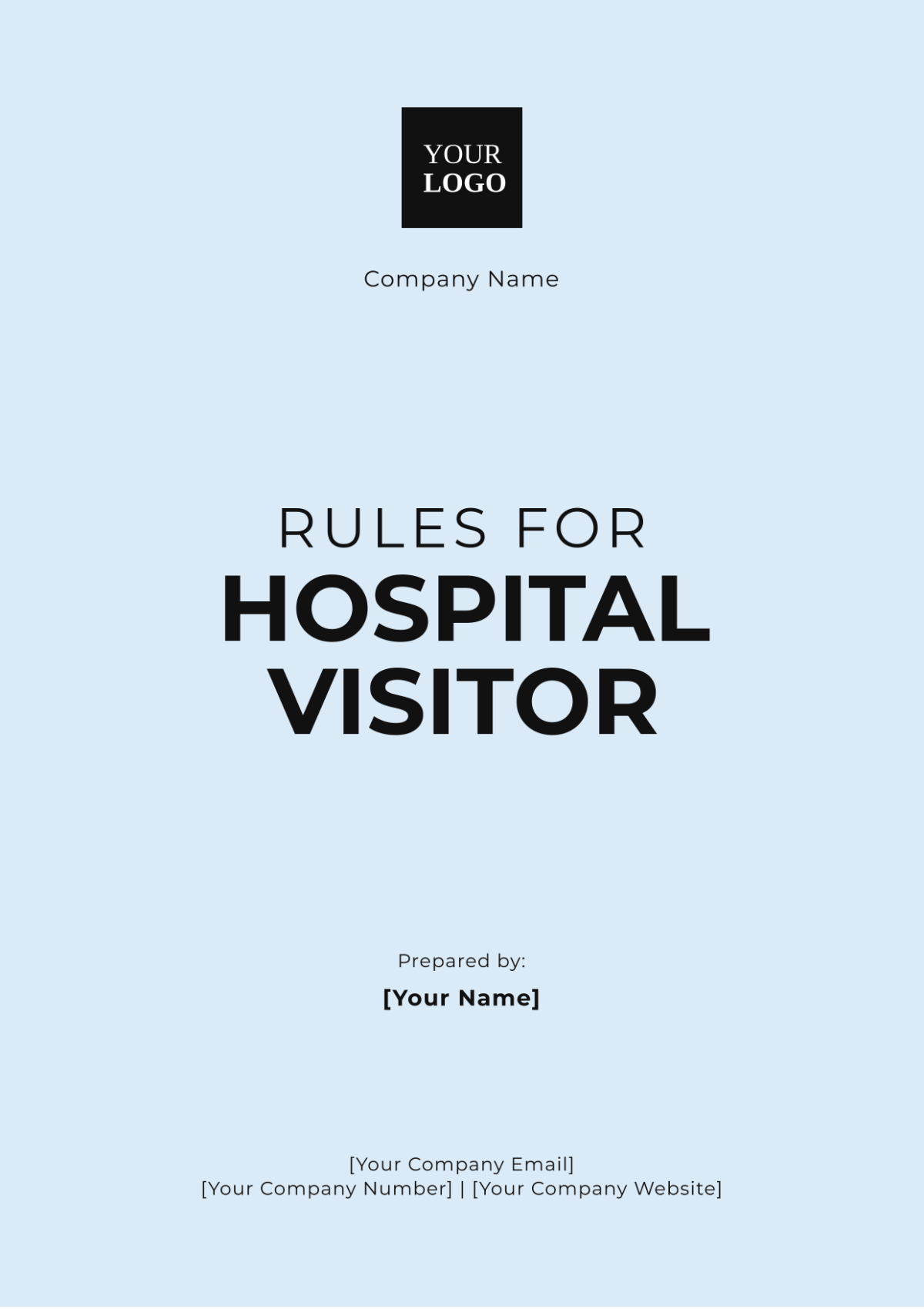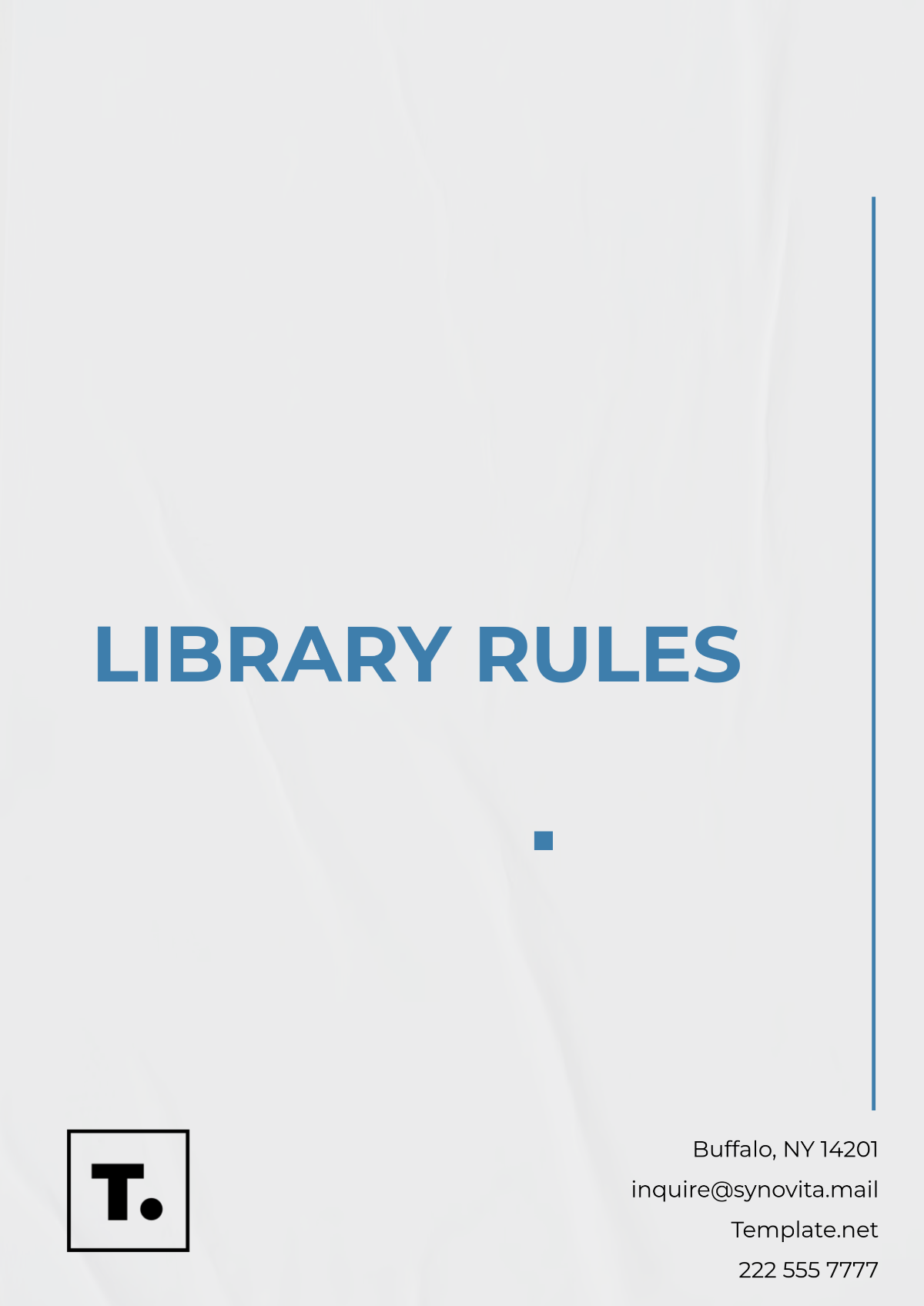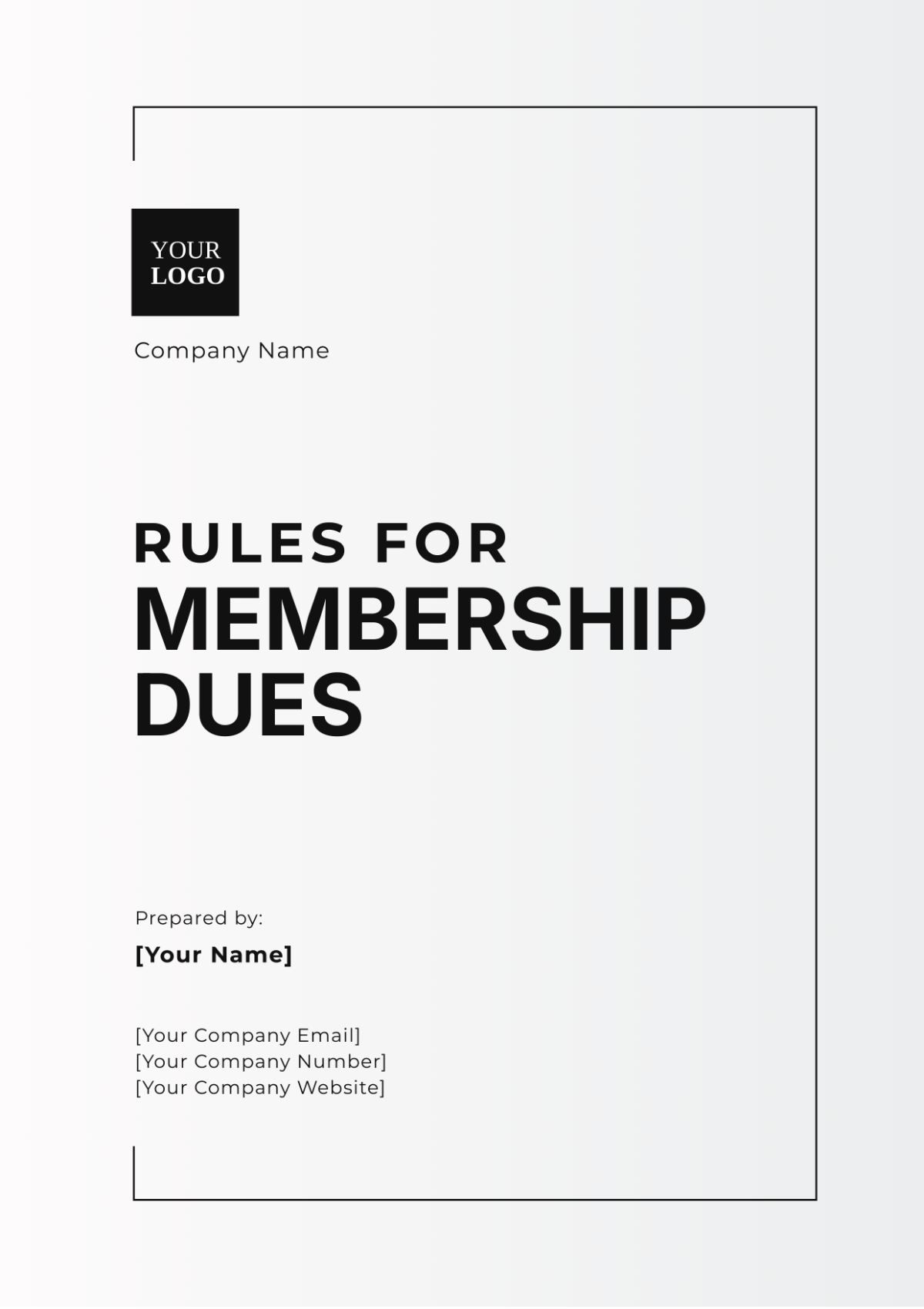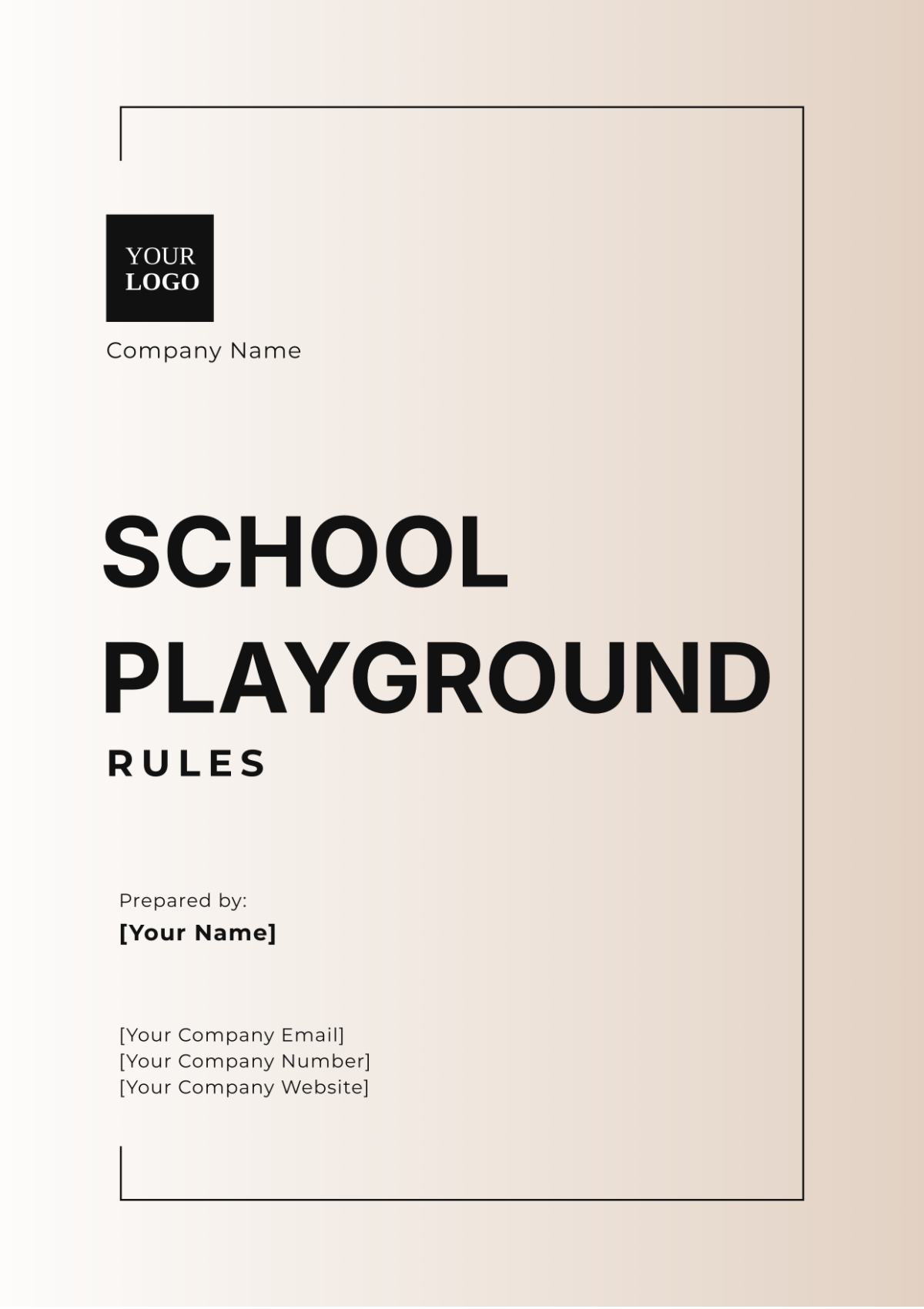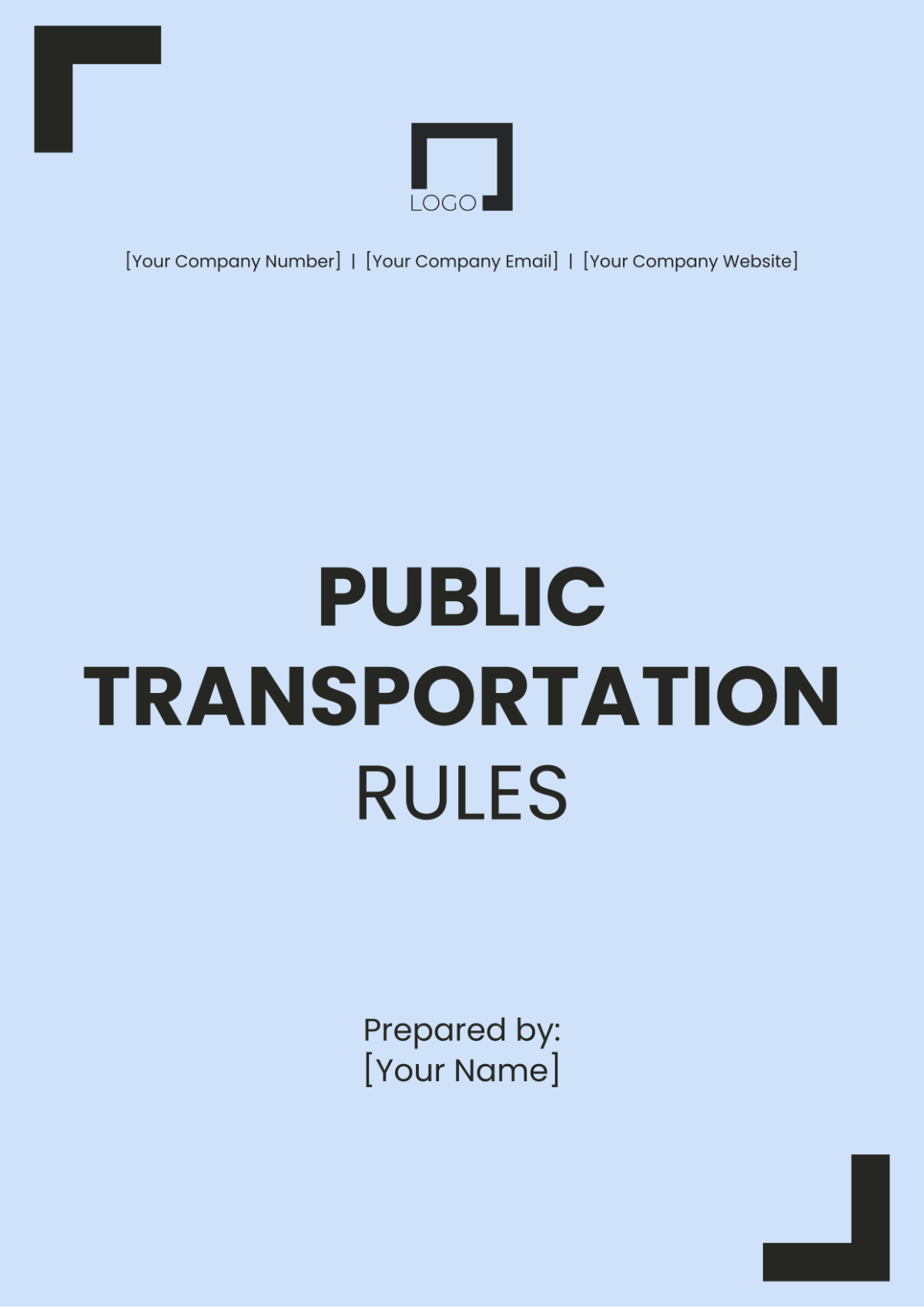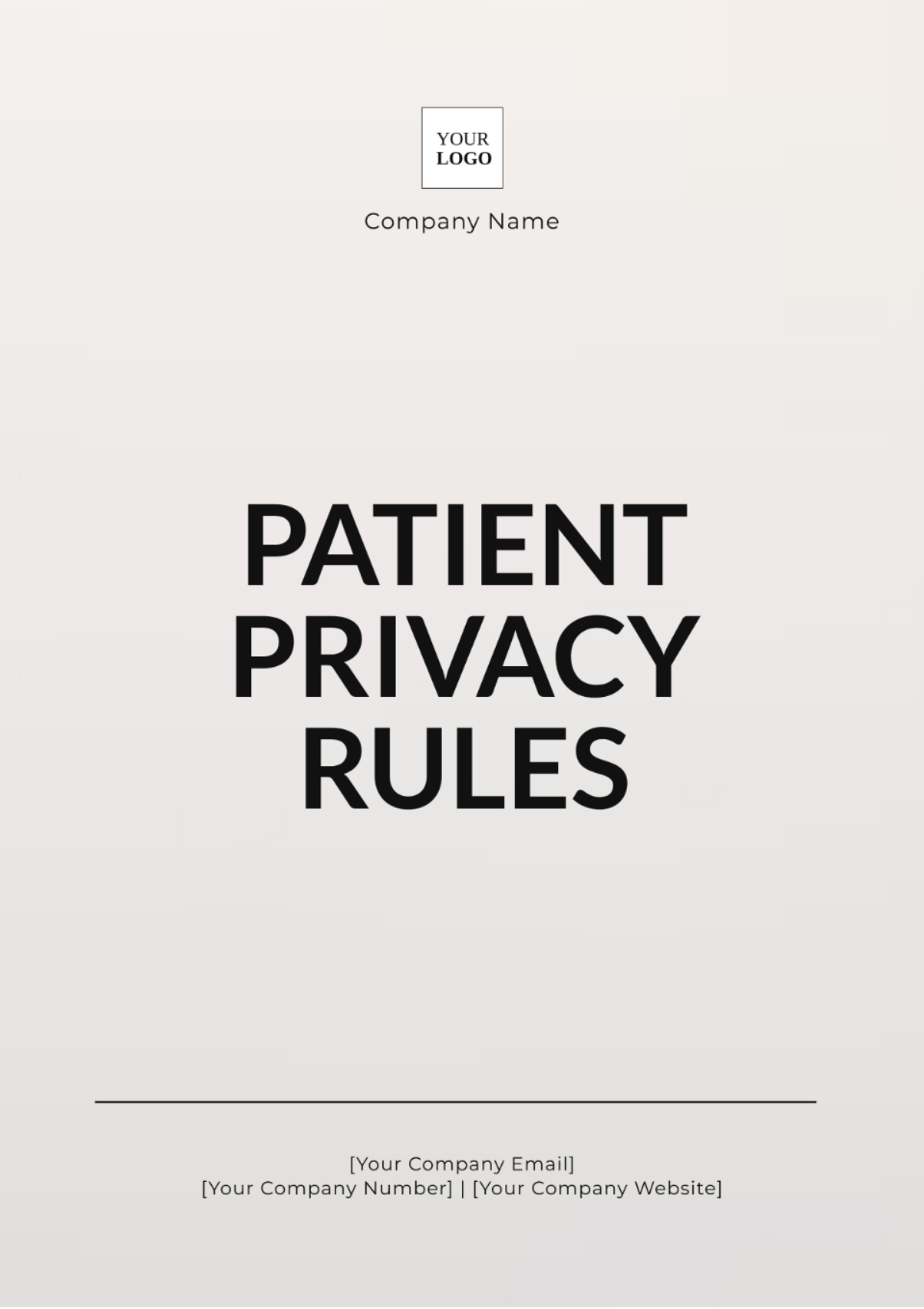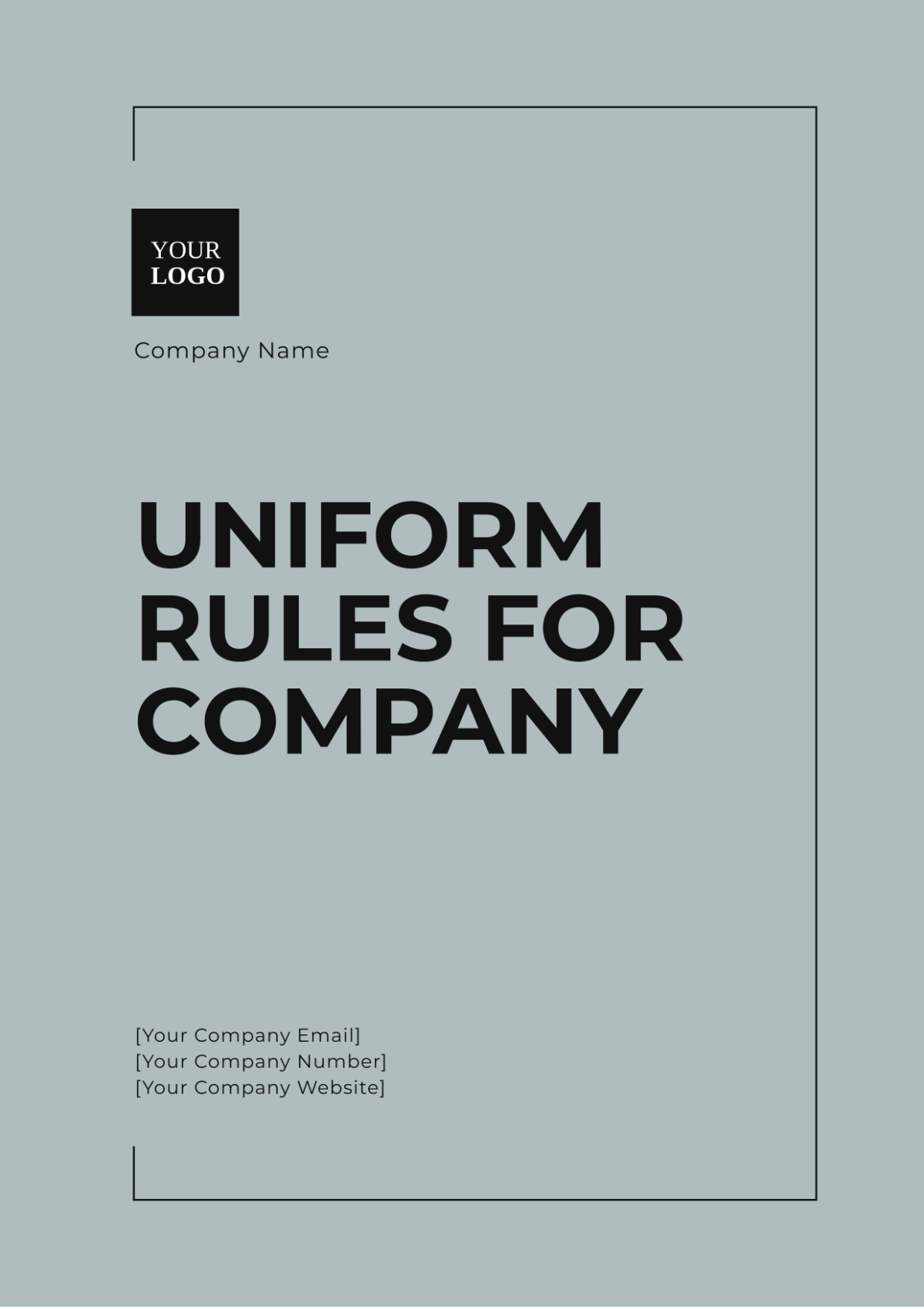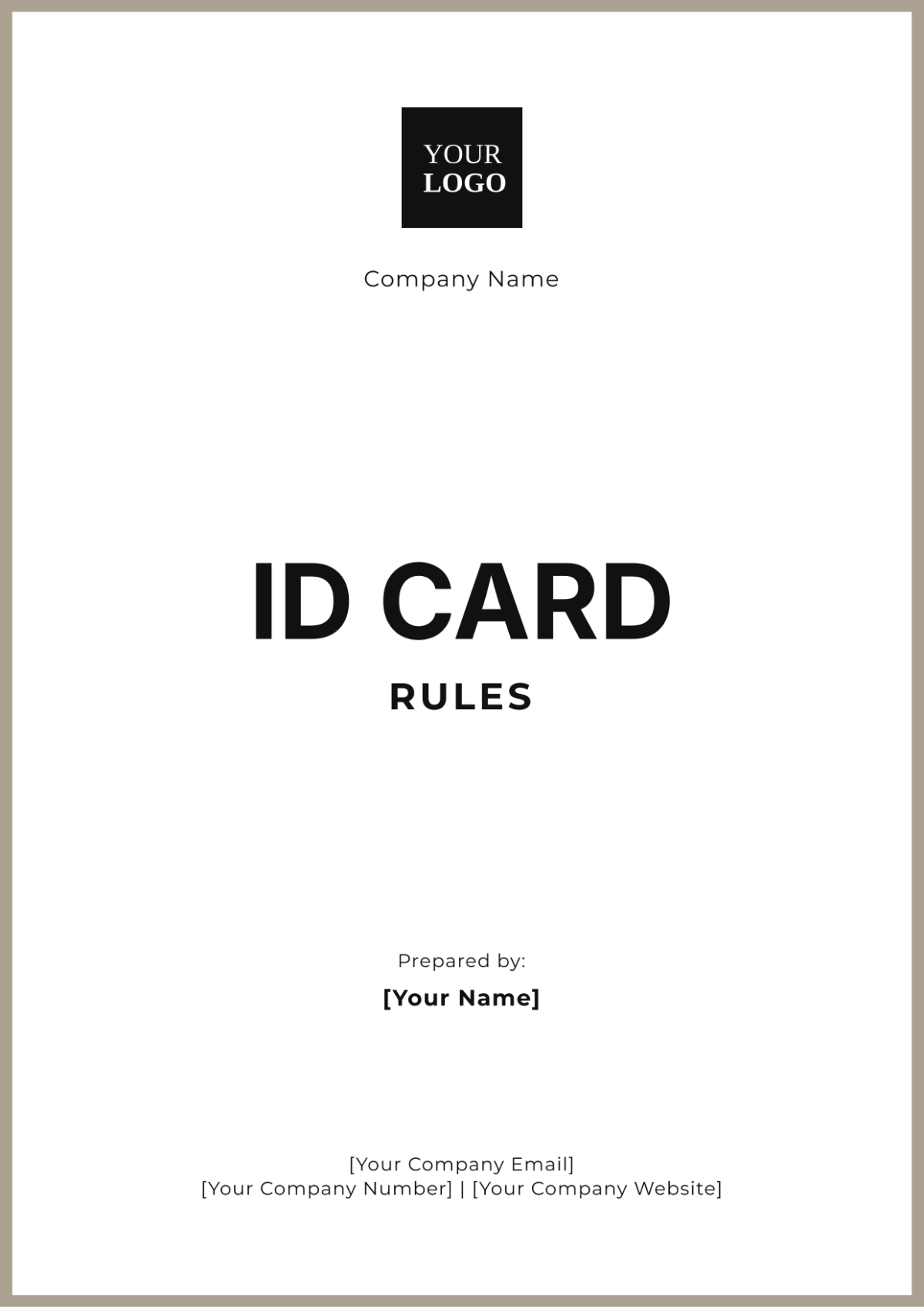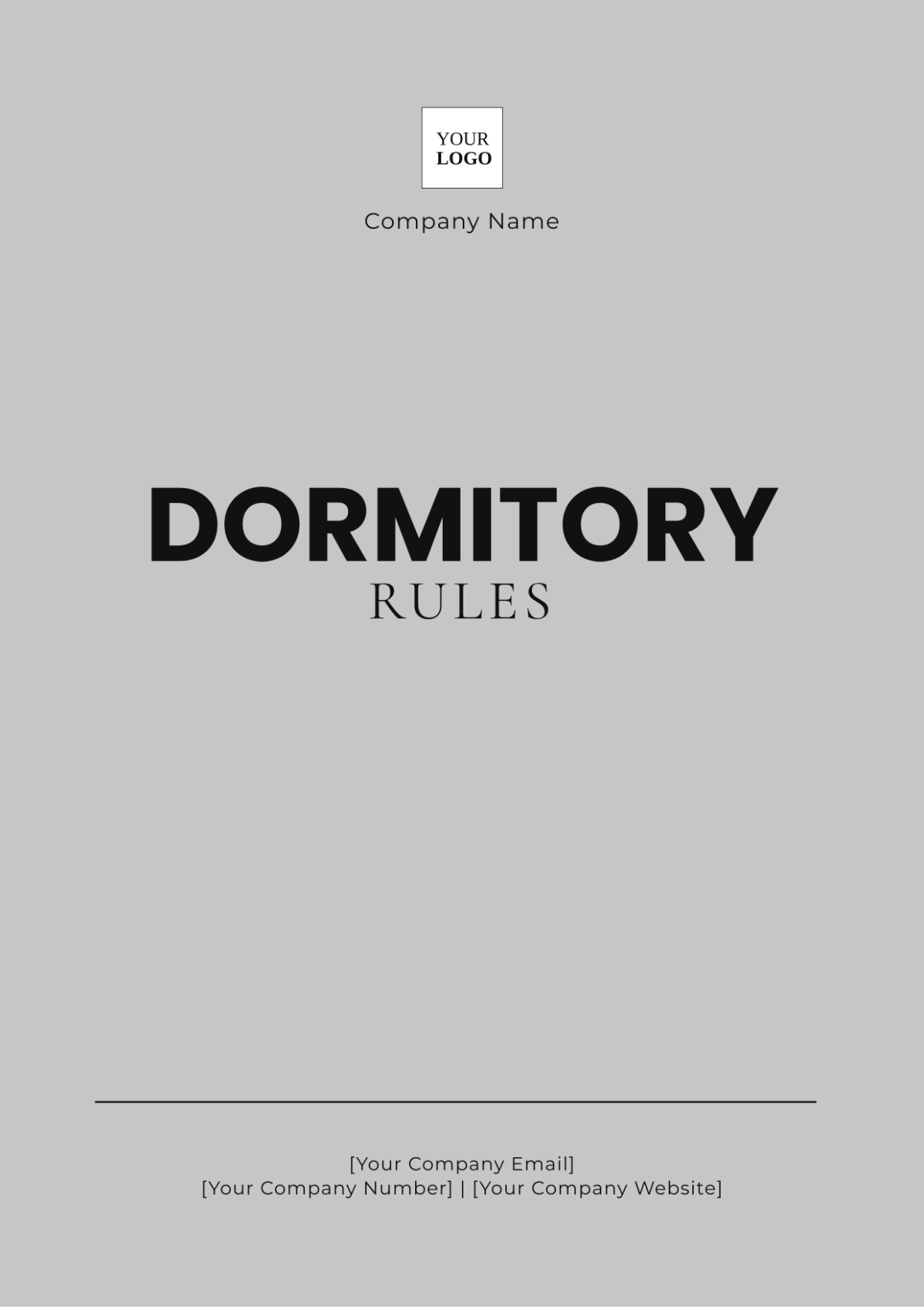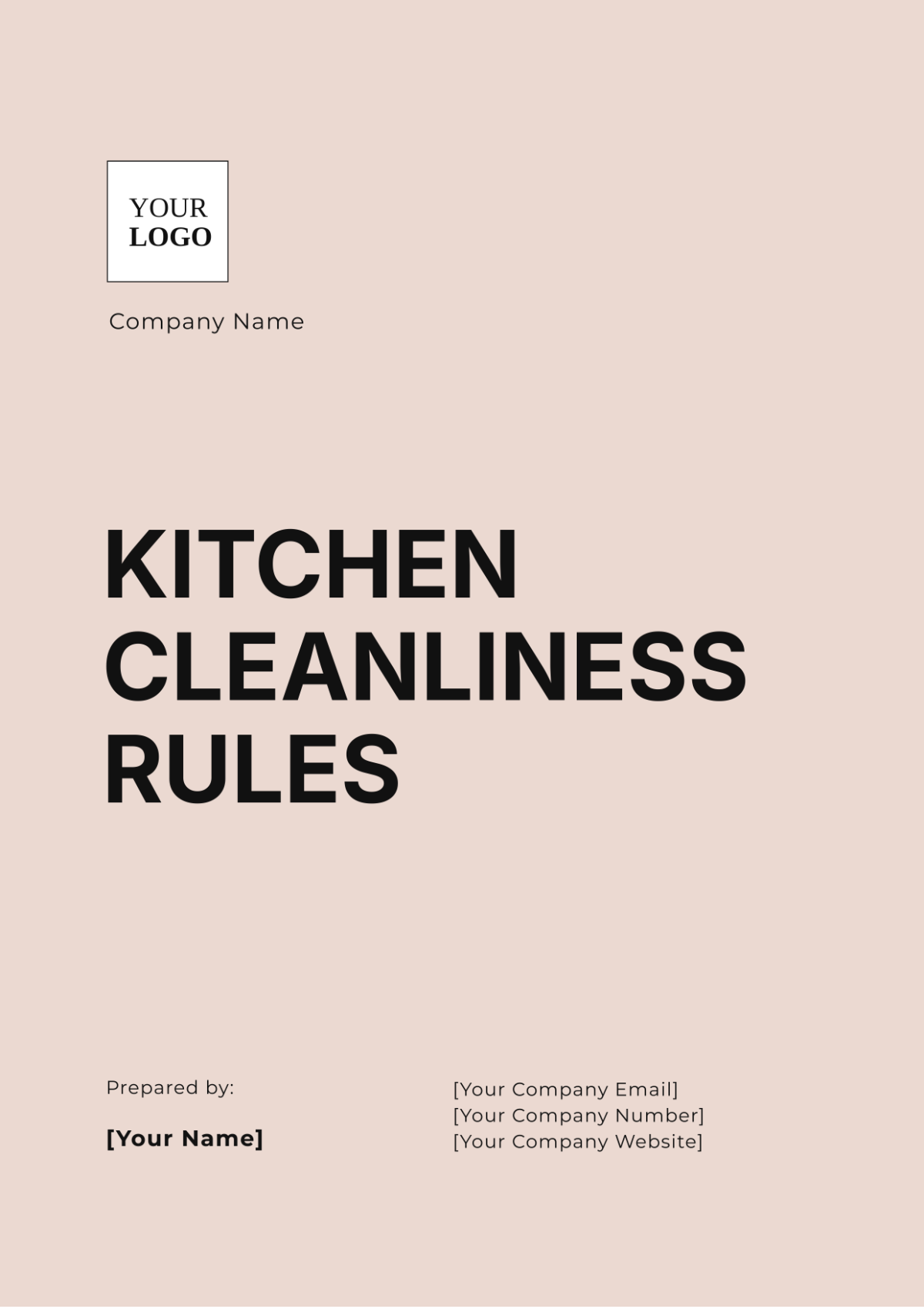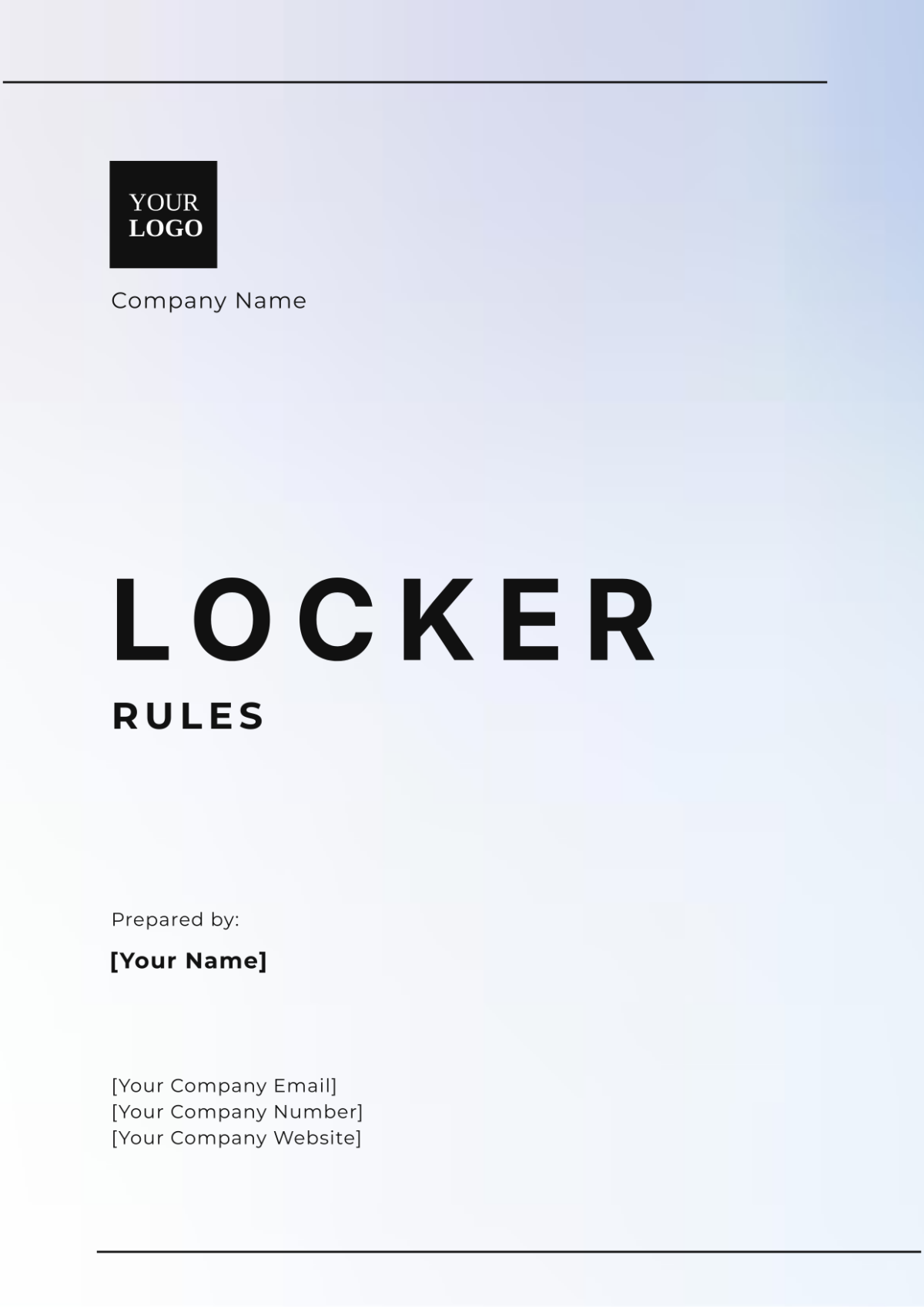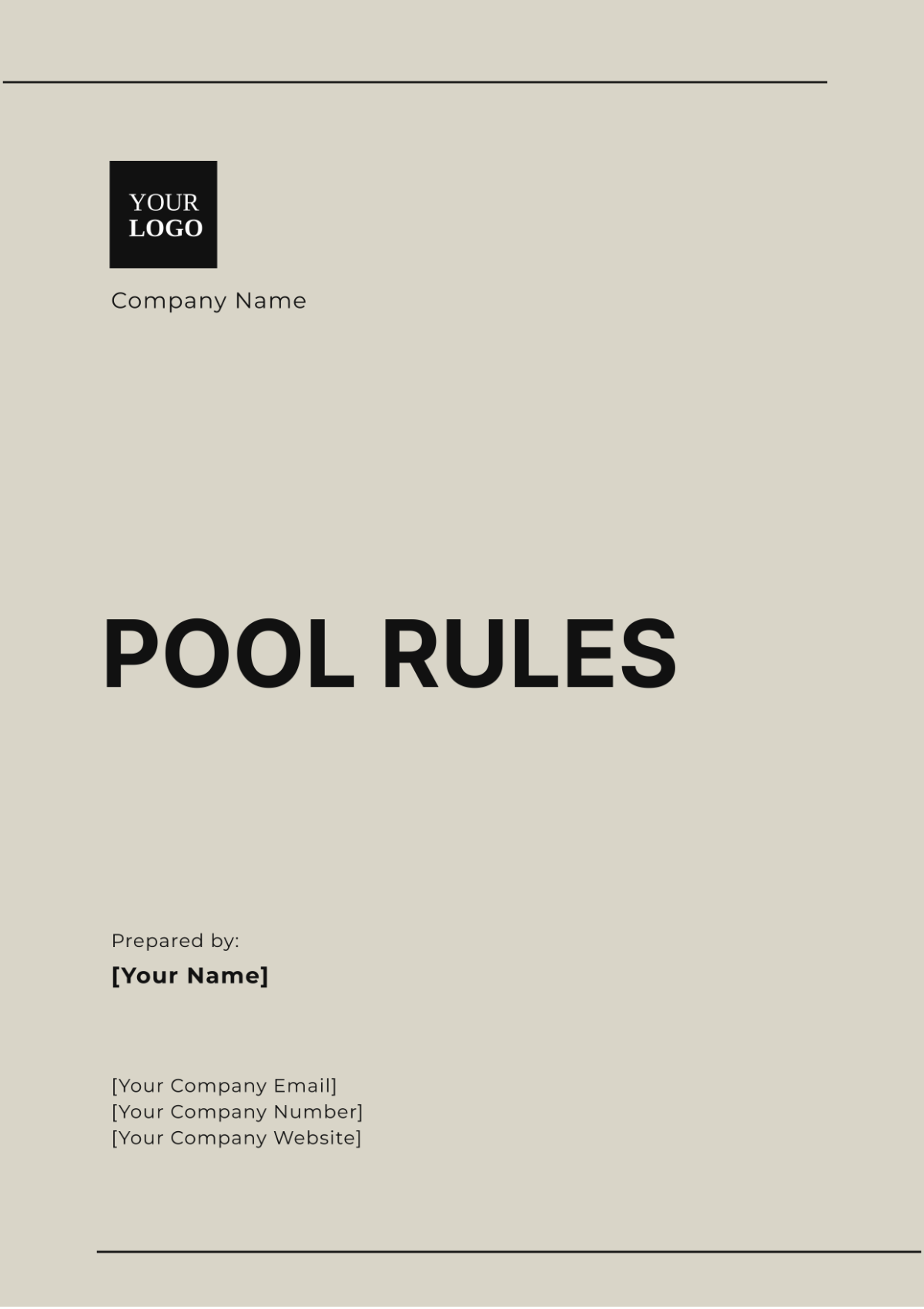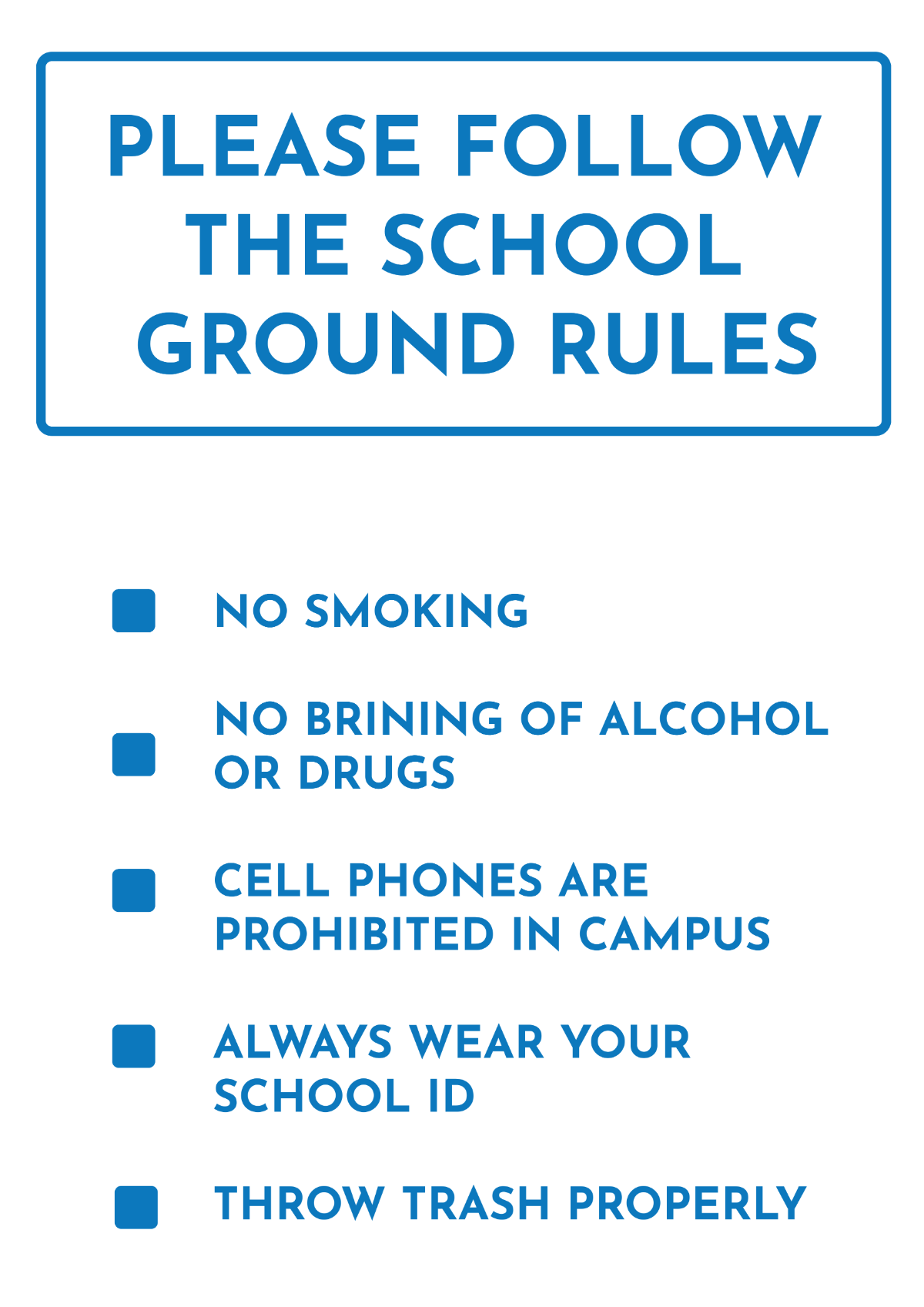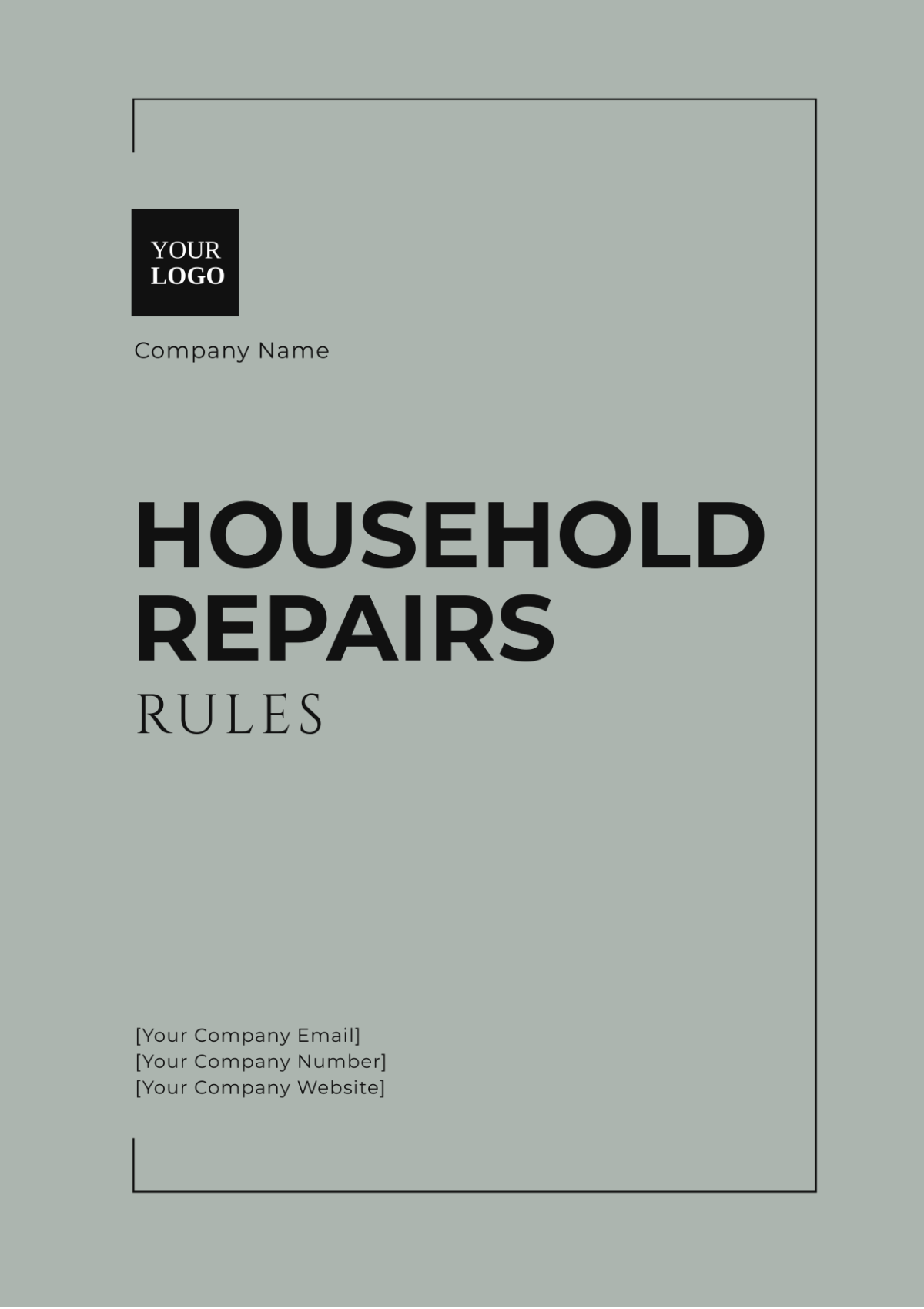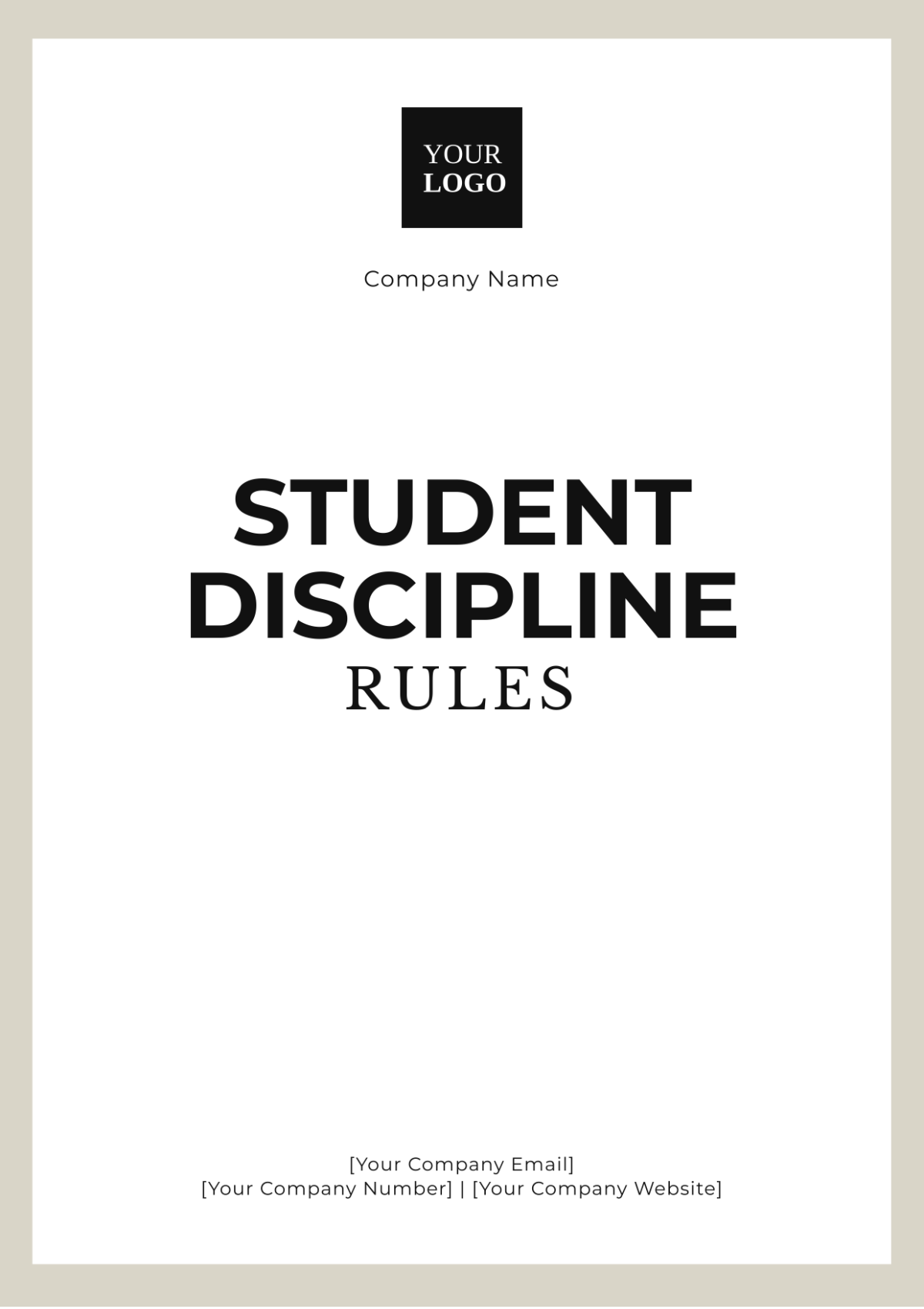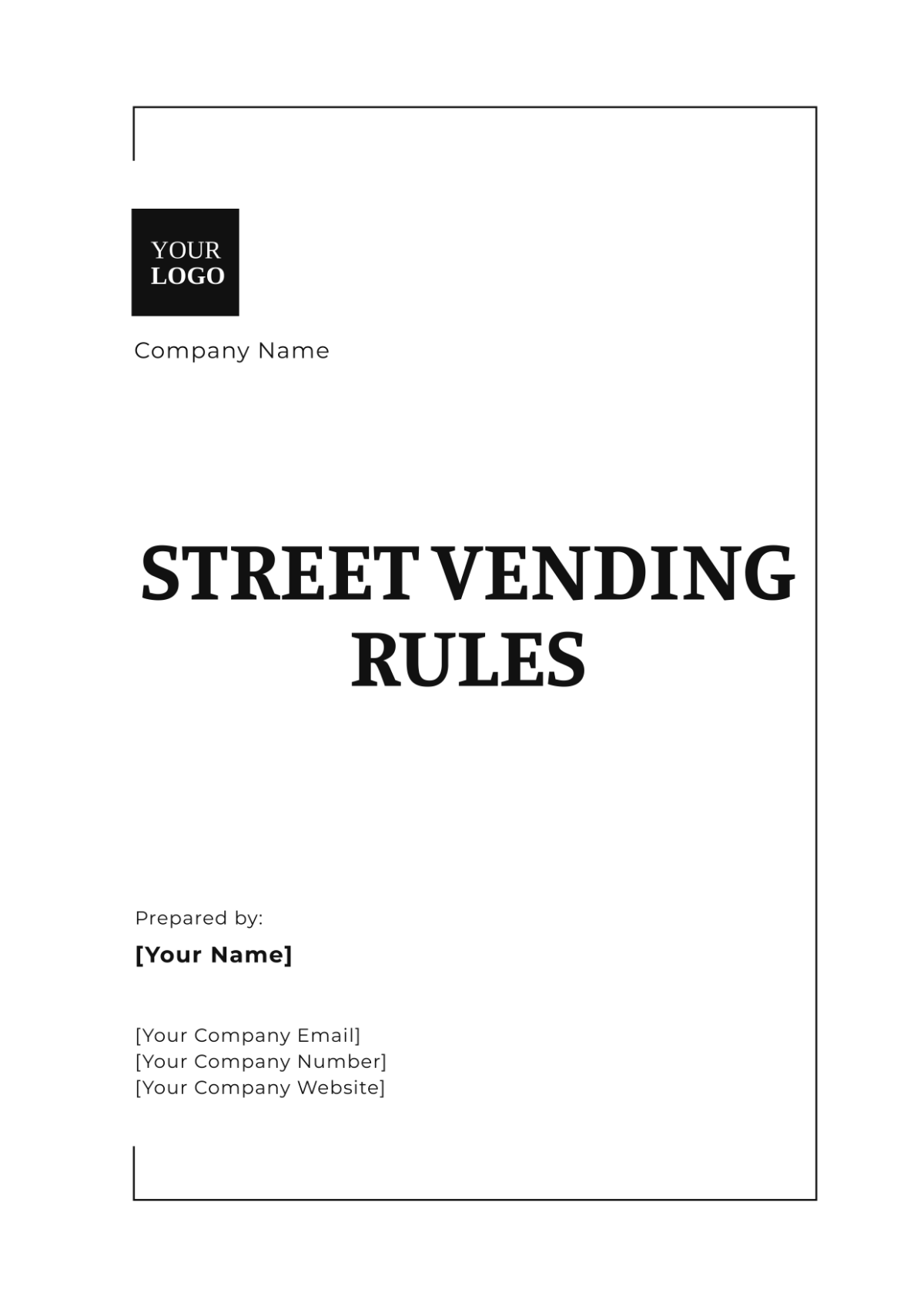Professional Dress Code Rules
Prepared by: [Your Name]
Company: [Your Company Name]
Date: January 10, 2050
I. General Guidelines
Our organization's professional dress code is designed to ensure that all employees project a professional image that is consistent with our company's values and objectives. These guidelines apply to all employees and are in place to maintain a cohesive and respectful workplace. Employees are expected to adhere to these guidelines during business hours and at any company-related events.
II. Specific Attire Requirements
A. Business Attire
Employees in client-facing roles or senior positions are required to adhere to a business attire standard. Common expectations include:
Men: Suits, dress shirts, ties, dress shoes
Women: Tailored dresses, skirts, blouses, dress pants, closed-toe shoes
B. Business Casual Attire
For employees whose roles do not regularly require client interaction, a business casual dress code may be appropriate. Business casual includes but is not limited to:
Men: Collared shirts, casual slacks, loafers
Women: Blouses, cardigans, modest skirts, flats
III. Prohibited Attire
The following items are considered inappropriate for the workplace and are prohibited:
Ripped or torn clothing
Clothing with offensive graphics or language
Overly casual items such as flip-flops, shorts, and t-shirts
Excessively revealing clothing
IV. Grooming Standards
Proper grooming is essential to uphold a professional appearance. Employees are expected to observe the following grooming standards:
Maintain a clean and neat appearance at all times
Hair should be clean and well-kept
Minimal, neutral makeup for a professional look
Jewelry should be conservative and fitting for the business environment
V. Exceptions
There may be instances where deviations from the standard dress code are appropriate. These exceptions may include:
Company-sanctioned casual dress days
Roles that require specific attires for safety or operational reasons
Valid medical or religious accommodations upon approval
VI. Enforcement and Consequences
Adherence to the dress code is mandatory, and employees are responsible for complying with the guidelines. Non-compliance can result in the following consequences:
Occurrence | Action |
|---|---|
First Violation | Verbal warning and required adjustment of attire |
Second Violation | Written warning and possible meeting with HR |
Repeated Violations | Disciplinary actions up to and including suspension or termination |
Supervisors and managers have the authority to address dress code violations and are expected to enforce these rules consistently.

